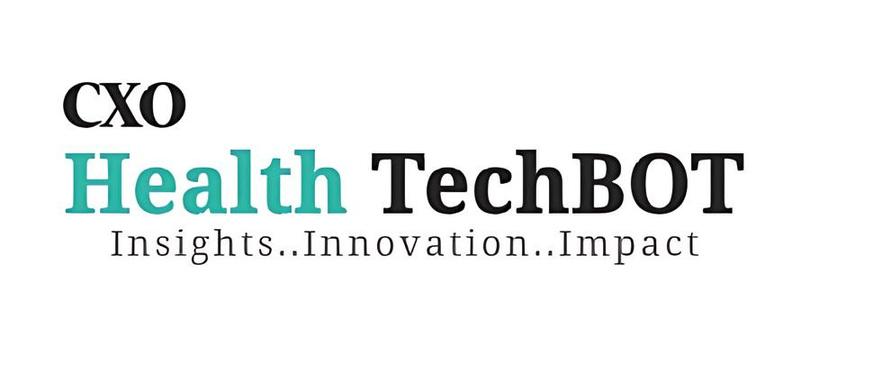




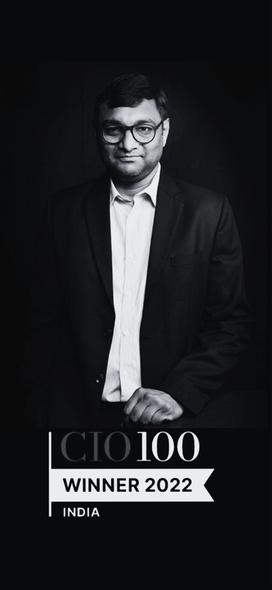





 Mohanachandran Head-IT, Apollo Hospitals
Mohanachandran Head-IT, Apollo Hospitals
April 2024 Volume 1 www.CXOTechBOT.com Leadership Spotlight Visionaries Driving the
of Health Technology
Dr. Makarand Sawant Vice President, Sahyadri Hospitals
Future
Rekha Dubey Ex-CEO, Aditya Birla Memorial Hospital
Sumit Singh Founder & CEO, Timus Solutions
Dr.HariPrasadKovelamudi ChairmanoftheBoard, CAREHospitals
Unmesh Deshpande Founder, CaaS
Shrinivas Birla CEO, Birlamedisoft Pvt Ltd
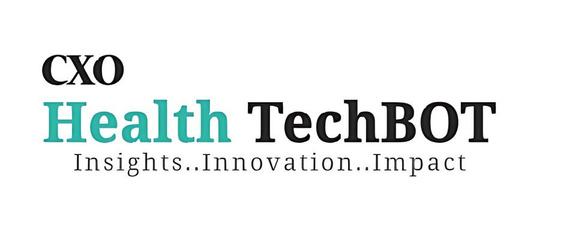
Embark on an awe-inspiring voyage into the frontier of technological advancements with CXO Health TechBOT, the premier destination for health tech enthusiasts. Immerse yourself in a world of cutting-edge insights, groundbreaking innovation, and transformative impact as we unveil the boundless potential of technology.

MAGAZINE I NEWSLETTER I WEBSITE JOIN THE COMMUNITY
CXO TechBot Team Editor-In-Chief Swati
Chief Strategist Mohit
Head of
Suhas Vittal Content Editors Suhas Vittal, Priya Sharma Head of Technology, Delivery & Operations Priyanka Gautam Head of Design Harsh Kumar Product Marketing and
Manager Ajay
Director of Talent and Communication Manager Ruchika
Digital Partner Fusionflare media Creative Manager
Web
The
Gupta
Agarwal
Content
Development
Singh
Sharma
Mayuree Rastogi
developer Alok Bhade Video & Production Manager Bhawesh Mishra Creative Co-coordinator Umesh Tiwari Customer Success Manager Subha Gupta CEO Swati Gupta Insights..Innovation..Impact




Together, let's harness the power of technology to transform lives, redefine healthcare, and build a brighter, healthier tomorrow.
PioneeringaNewEra:WelcometotheInauguralIssue ofHealthTechMagazine
Stepintothedawnofatransformativeerainhealthcare innovation!Withgreatexcitement,weintroducethe inauguraleditionofHealthTechMagazine,markingthe beginningofanexploratoryjourneyintothedynamicnexus ofhealthcareandtechnology.Here,groundbreaking advancementsarereshapingtheveryessenceofthe industry
Inthismaidenissue,wecelebratetherelentlessspiritof innovationdrivingtheHealthTechrevolutionAswenavigate throughthesepages,fromstartupsdisruptingtraditional healthcaremodelstoestablishedplayersharnessingthe latesttechnologiestodrivemeaningfulchange,eacharticle isatestamenttotheboundlesspotentialofHealthTechto shapeahealthier,moreequitablefutureforall Committedtobridgingthegapbetweengroundbreaking innovationandhealthcareleadership,CXOHealthTechBot stepsintothespotlightasapioneer,sparkinganewageof collaborationandprogress.Aswesetoffonthis transformativejourney,Witheachissue,HealthTechBOT Magazinewillcontinuetoserveasabeaconofinspiration, showcasingthelatestinnovations,industrytrends,and thoughtleadershipdrivingtheevolutionofhealthcare worldwide.
Joinusasweembarkonthisexhilaratingadventureatthe forefrontofhealthcareinnovation.
WelcometoCXOHealthTechBot–thehubwhere visionariesgather,innovate,andheraldanewerafor healthcare
SWATI GUPTA CEO & Editor-in-Chief

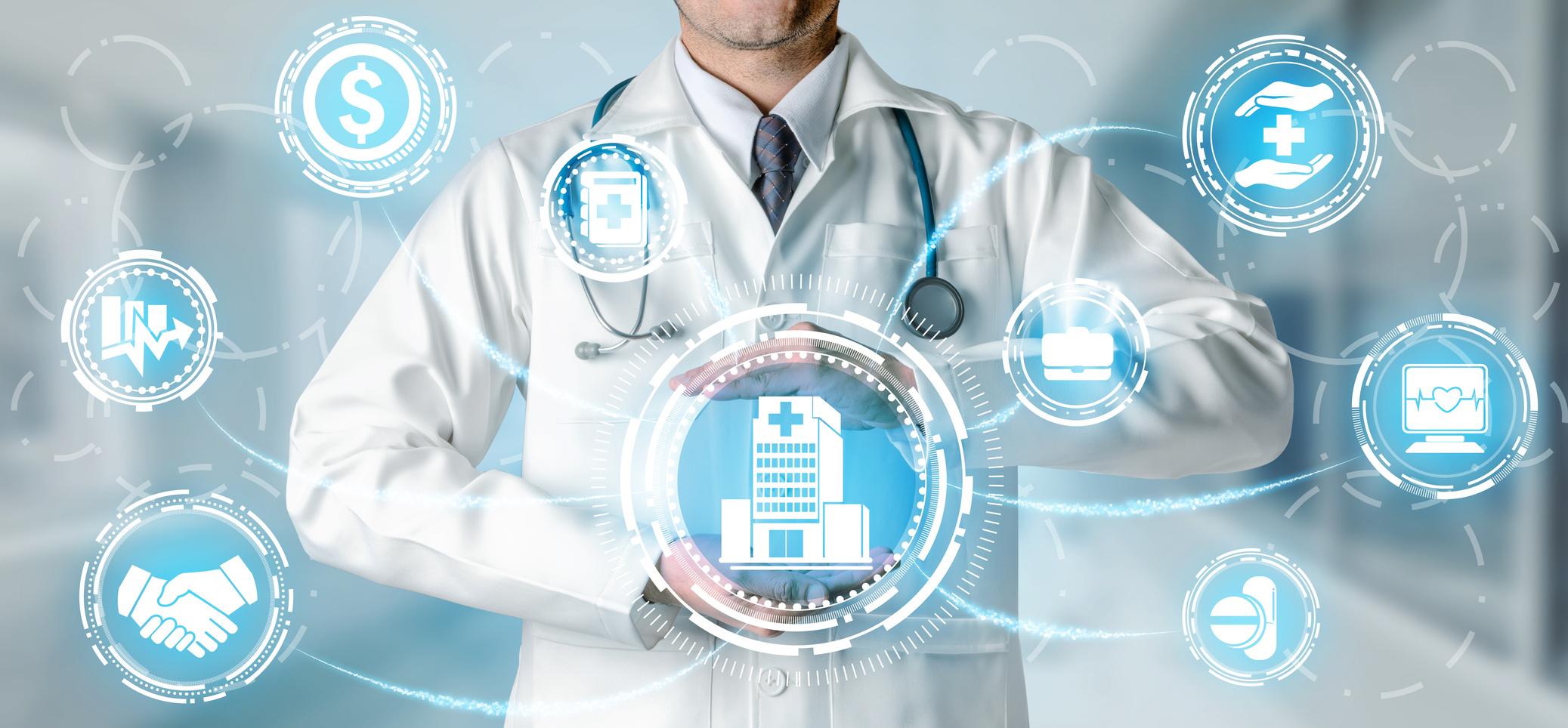




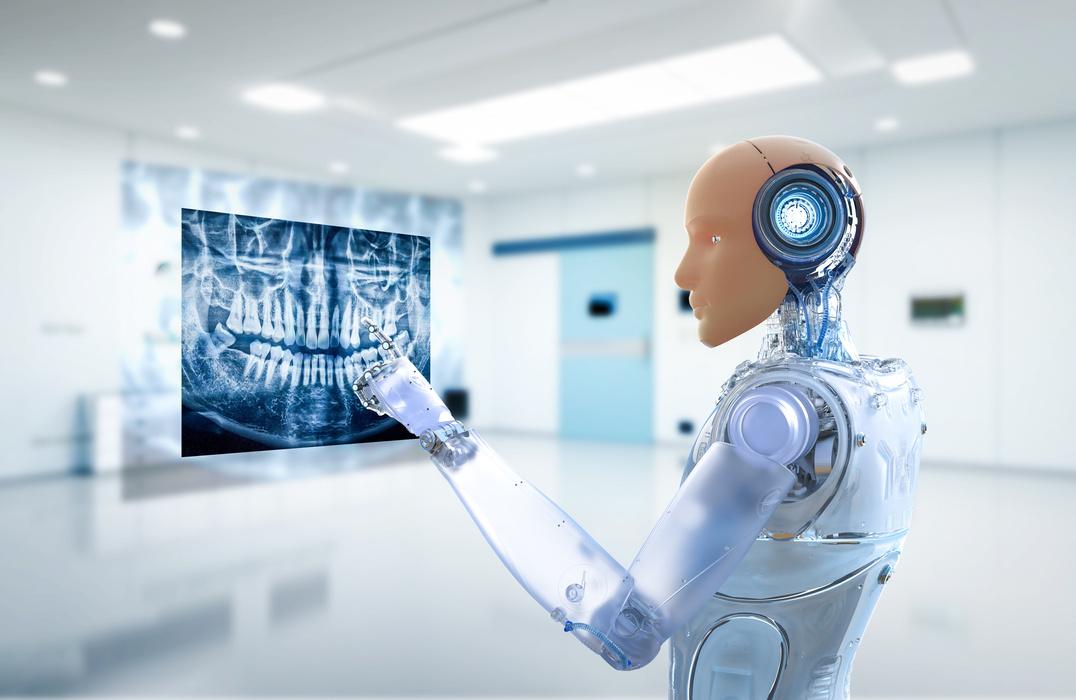




8 Unveiling Tomorrow's Possibilities: Embrace the Power of Digital Twins in Cancer Care and Research DigitalTwins 12 The Journey Matters— Nurturing Teams for LongTerm Success in Health: The Pillars of Sustainable Healthcare Excellence Lifetime of Achievement
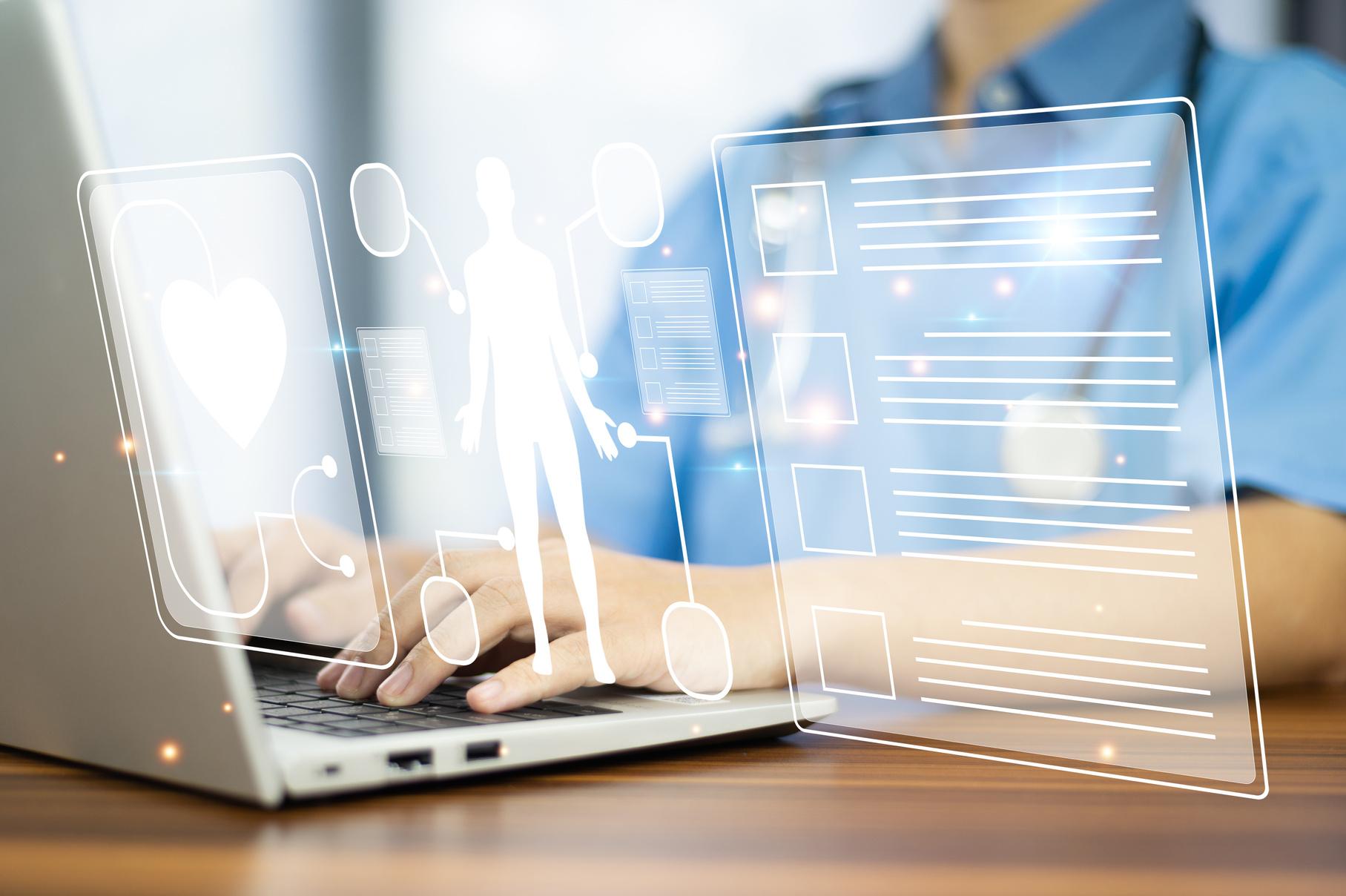


43 Digital Upskilling Health Workforce for the Digital Future Digital Upskilling 47 Decoding FHIR Standards: Ensuring Secure Data Exchange in Healthcare System Trailblazer 51 Revolutionising Patient Care: The Impact of Digital Transformation in Healthcare Five Minutes With 56 Birlamedisoft: Empowering Healthcare with Scalable Client-Server & Web-Based Solutions Healthtech 62 Exploring India's Medical Tourism and Transformative HealthTech Landscape MediTech


UnveilingTomorrow's Possibilities
EmbracethePowerofDigitalTwinsinCancerCareandResearch
Within the crucible of medicine, a relentless thirst for innovation surges a hunger for an alternative path that spares no soul while ushering forth a realm where healers thrive Behold the relentless advance of digital science in healthcare, a juggernaut of progress that whispers promises of revelation, its stride unbroken, its cadence a symphony of relentless momentum.
Cancer, a labyrinthine adversary, elicits varied responses from its human hosts, rendering treatment a nuanced endeavour. Yet, amidst this complexity, the dawn of digital health and precision medicine heralds a paradigm shift ushering forth the era of patient twinning. This pioneering methodology holds the promise of reshaping the landscape of cancer care
Through the creation of a digital twin for each patient, clinicians wield the arsenal of data and analytics to tailor interventions with unprecedented precision.
This bespoke approach not only optimises treatment regimens but also holds the key to unlocking superior patient outcomes. Let us embark on a journey through the realms of patient twinning, delving into its transformative potential to redefine the trajectory of cancer treatment
UnderstandingDigitalTwin
A digital twin stands as the ethereal echo of tangible entities a mirror image of physical assets, processes, beings, locales, and mechanisms crafted to navigate simulations sans the upheaval of machinery or peril to beings. In the domain of healthcare, envision a "digital twin" as the embodiment of the human form a vivid emulation encapsulating every physiological nuance, every pathogenic permutation, charted meticulously in a fabric of intricate visualisation, bridging the chasm between present actuality and future potentiality.

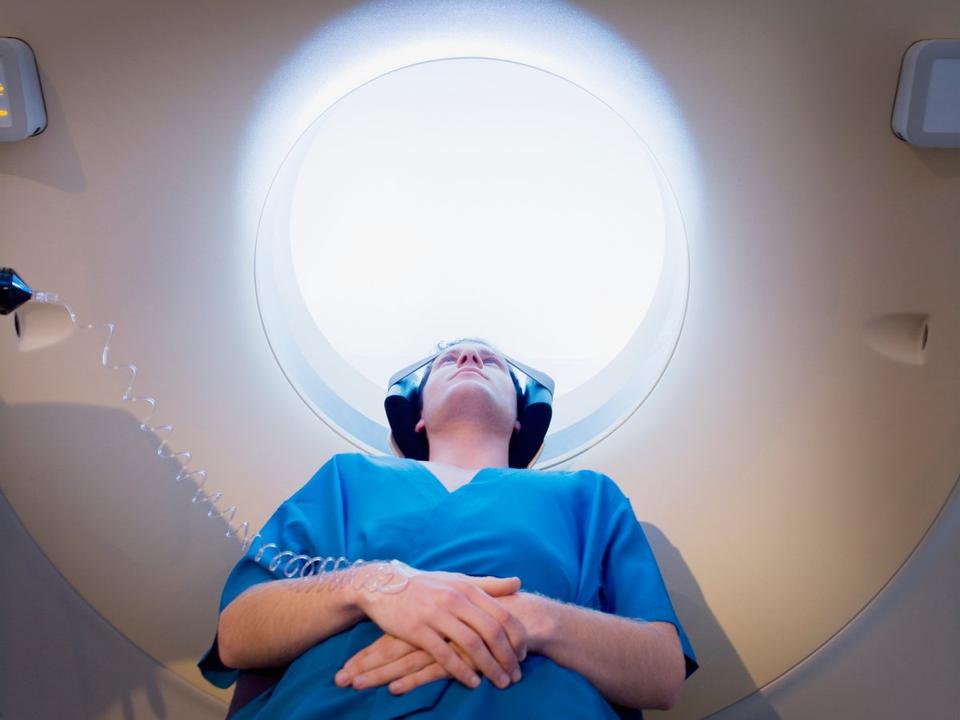

April 2024 8 DigitalTwins

In 2023, the global digital twin market reached a valuation of USD 12 91 billion, marking a significant milestone in its trajectory. Looking ahead, projections paint a picture of exponential growth, with the market poised to surge from USD 17.73 billion in 2024 to a staggering USD 259.32 billion by 2032. This meteoric rise reflects a compound annual growth rate (CAGR) of 39 8% over the forecast period, underlining the transformative potential of digital twin technology across industries worldwide
The concept of the "Digital Twin" stands poised to revolutionise personalised medical interventions, particularly in Oncology. By harnessing this innovation, we can bridge the chasm of uncertainty, leveraging collaborative data to illuminate the path toward efficacious treatments. In this groundbreaking paradigm, the replication of patient physiology allows for the exploration of treatment modalities and diagnostic dilemmas through simulation, sparing patients from harm while accelerating our understanding of pathology It is hope in the quest for tailored care, where every simulation paves the way toward healing without compromise
The digital twin can foster deeper understanding and trust between clinicians and their patients Through immersive visual aids and simulated scenarios, complex treatment intricacies are demystified, rendering intricate medical information accessible to patients and their families. This heightened comprehension not only elevates patient engagement but also nurtures a profound sense of trust, laying the foundation for enhanced treatment adherence and ultimately, triumphant outcomes.
PioneeringPrecision:ThePowerof PatientTwinninginCancerCare
The concept of patient twinning heralds a new dawn in cancer care a testament to the
fusion of technology and precision medicine At its core lies the creation of a digital doppelgänger, meticulously crafted to mirror every molecular, genetic, and clinical facet of the patient's being This virtual counterpart, aptly named the digital twin, emerges as a formidable ally, empowering healthcare providers to navigate the labyrinth of treatment options with unparalleled foresight Through intricate simulations, clinicians can unravel the tapestry of possible outcomes, guiding interventions with a precision previously unattainable. Moreover, the digital twin evolves in tandem with the patient's journey, a dynamic reflection of their health status, furnishing clinicians with real-time insights to shape bespoke treatment strategies. In the crucible of patient twinning, the future of cancer care unfolds a realm where every decision is illuminated by the brilliance of data-driven foresight
LeveragingDataforPersonalised CancerTreatment
In cancer treatment, the shackles of a " onesize-fits-all" methodology often constrain outcomes, failing to account for the intricacies of individual genetic makeup and tumour complexities Patient twinning emerges as a beacon of hope in this landscape of uniformity, offering a bespoke path towards personalised therapy Through the lens of the digital twin, clinicians delve into a treasure trove of comprehensive data, unravelling the unique genetic signatures, tumour microenvironment nuances, and immune system dynamics of each patient. Armed with this granular insight, treatment strategies transcend the confines of convention, tailored to unlock the optimal therapeutic response for every individual. In the crucible of patient twinning, the power of data converges with the art of medicine, forging a path toward personalised healing.
DigitalTwins www.CXOTechBOT.com 9
NavigatingtheFuture:Patient TwinninginCancerCare
Within the realm of cancer care, the advent of patient twinning not only heralds personalised treatment but also elevates the art of clinical decision-making to unprecedented heights
Through the simulation of diverse treatment scenarios on the digital twin, clinicians embark on a journey of exploration, meticulously weighing the potential outcomes and ramifications of each interventio immersive experience enables h providers to navigate the la options with unparalleled cl gamble of trialharnessing the experimentatio mitigated, while outcomes is m emerges as a b uncertainty, em course towards unwavering con
AcceleratingClinicalTrialsand Research
Patient twinning stands as a catalyst in the realm of cancer research, propelling clinical trials to new heights of efficiency and effectiveness By simulating the impact of experimental treatments on digital twins, researchers unlock invaluable insights into drug efficacy and safety, hastening the journey from discovery to deployment Moreover the

ChartingtheCourse:AParadigm ShiftinCancerCare
Patient twinning heralds a seismic shift in the landscape of cancer treatment, ushering in an era defined by personalised, data-driven interventions. Through the lens of digital twins, healthcare providers navigate treatment complexities with precision, optimising strategies and nurturing superior patient outcomes As this pioneering technology continues to evolve, its transformative potential reverberates throughout the realms of healthcare, promising to redefine the boundaries of precision medicine and rewrite the narrative of cancer care.








DigitalTwins April 2024 10

TheJourneyMatters Nurturing Teams for Long-Term Success in Health
The Pillars of Sustainable Healthcare Excellence
The metric of success in healthcare transcends individual accomplishments, finding its essence in the collaborative endeavours of dedicated teams From hospitals to research institutions, from community health centres to pharmaceutical companies, the backbone of progress and sustainability lies in incubating, nurturing, and mentoring cohesive teams.
Healthcare stands as one of India’s principal sectors of employment, boasting a current workforce of 4.71 million individuals, with approximately 0 5 million newcomers joining annually With industry growth exceeding 22.5% Compound Annual Growth Rate (CAGR) since 2016, it has emerged as one of the nation's largest sectors This robust expansion underscores the significant role healthcare teams play in sustaining the sector's momentum, addressing the nation's health needs, and fostering economic prosperity through employment opportunities and service provision
The dynamic landscape of healthcare
demands collaboration, adaptability, and resilience
The role of the leader in the healthcare space is to delve into the essential aspects of nurturing teams for long-term success in health following the pillars of sustainable healthcare excellence.


Lifetime of Achievement April 2024 12
 Ex-CEO, Aditya Birla Memorial Hospital
Rekha Dubey
Ex-CEO, Aditya Birla Memorial Hospital
Rekha Dubey
Lifetime of Achievement www.CXOTechBOT.com 13
Promoting Continuous Learning and Professional Development Lifetime
Embracing Diversity and Inclusion
Diversity within healthcare teams imbues a richness of perspectives, augments problem-solving capacities, and catalyses innovation. In the multifaceted tapestry of health, diverse teams are better poised to address the intricate exigencies of patients and communities. It is incumbent upon institutions to foster an inclusive milieu wherein individuals from diverse backgrounds feel esteemed and empowered to contribute their singular insights. The embrace of diversity not only fortifies team dynamics but also enriches patient care by fostering cultural competence and sensitivity.
Encouraging Diversity in the Healthcare Sector
Fostering diversity is a collective endeavour rooted in deliberate acknowledgement and proactive initiatives Below are several strategies healthcare employers can embrace to promote diversity :
Inclusive Hiring Practices:
Develop and enact hiring protocols aimed at sourcing a diverse pool of candidates
Diversity, Equity, and Inclusion (DEI)
Training:
Regular training sessions can cultivate staff awareness regarding the significance of diversity while fostering respect and appreciation for differences. Such initiatives also contribute to shaping a more appealing workplace environment for prospective employees.
Internal Promotion:
Establish transparent career pathways that offer equal opportunities for advancement to all employees, irrespective of their backgrounds This approach nurtures diversity within leadership ranks.
Cultivate an Inclusive Culture:

Foster an environment where every individual feels valued, respected, and empowered to voice their perspectives Creating such a culture bolsters a sense of belonging and cohesion within the organisation.

Healthcare constitutes an everevolving domain, characterised by rapid advancements and discoveries To remain abreast of the latest breakthroughs and optimal practices, teams must accord primacy to continuous learning and professional development. Investment in training regimes, workshops, and certifications not only amplifies the skill repertoire of individual team members but also nurtures a culture of evolution and excellence By fostering a spirit of perpetual learning, healthcare entities can ensure the adaptive prowess and proficiency of their teams in rendering superlative care.
Achievement April 2024 14
of

The pillars of sustainable healthcare excellence— transparency, confidence, trust, cohesion, and sacrifice–stand tall upon the foundation of innovation, compassion, and resilience, fortifying the commitment to providing quality care while nurturing the wellbeing of healthcare professionals.
Fostering Effective Communication
Effective communication stands as the bedrock of triumphant healthcare teams
Transparent and open communication conduits facilitate seamless collaboration, streamline operational workflows, and obviate errors. Whether it entails the transmission of critical patient data during handovers or the deliberation of treatment strategies during multidisciplinary rounds, effective communication heightens efficiency and fortifies patient safety Additionally, fostering an environment wherein feedback is solicited and valued engenders continuous enhancement and reinforces team cohesion
Cultivating Leadership and Teamwork Skills
Leadership transcends formal designations, manifesting as a quality amenable to cultivation across all echelons of a healthcare team. Encouragement of autonomy, initiative,
and accountability emboldens individuals to assume ownership of their duties and contribute to collective objectives
Furthermore, the cultivation of teamwork competencies, such as conflict resolution, consensus-building, and collaborative synergy,engenders harmonious camaraderie within the team. Robust leadership, coupled with effective teamwork, stands as a sine qua non for surmounting challenges and propelling patient-centric outcomes in healthcare
Prioritising Work-Life Balance and Mental Well-being
Theintegrationoftechnologyinhealthcare heraldsaparadigmshift,augmentingpatient careandoutcomessignificantly Innovations suchaselectronichealthrecords, telemedicine,andartificialintelligence empowerhealthcareteamstodeliver bespokecaretailoredtoindividualneeds For instance,machinelearningfacilitatesthe deliveryofpreventivehealthcaresolutions, supplantinggenericinterventionswith personalisedplans.Moreover,AI-driven expertsystemsiterativelyrefinecareplans, ensuringefficacyandresilience Nevertheless, amidsttheseadvancements,theimperative toaddressthewell-beingofhealthcare professionalscannotbeoverstated.
Astudyencompassing772healthcare professionalsunderscorestheprevalenceof anxiety,depression,andstresswithinthe sector Heightenedpressure,workload,and inadequatetrainingemergeassignificant contributorstothesepsychologicalstrains. Prioritisationofwork-lifeequilibriumand mentalwell-beingisparamounttosustaining optimalperformancelevelsandmitigating burnoutrisks.Healthcareentitiesmustadopt strategiesencompassingsupportservices, flexiblescheduling,andpromotionofselfcareinitiativestoassuagestressorsand fosterresilienceamongsttheirteams By accordingprimacytotheholisticwelfareof healthcareprofessionals,organisations

Lifetime of Achievement www.CXOTechBOT.com 15
Lifetime of Achievement
cultivate a culture of empathy and compassion, enriching the patient care experience immeasurably.
Embracing Technology and Innovation
Technology revolutionises contemporary healthcare, enhancing efficiency and patient outcomes Innovations like electronic health records, telemedicine, and artificial intelligence empower healthcare teams to deliver personalised care Machine learning, integrated into preventive healthcare, replaces generic interventions with tailored solutions AI-based expert systems refine care plans iteratively, ensuring robustness and efficacy. Cultivating an innovation ethos encourages teams to explore novel methodologies, adapt to evolving healthcare delivery, and embrace emerging technologies.
connections with patients, thereby facilitating the delivery of personalised care attuned to their idiosyncratic circumstances By situating the patient as the fulcrum of decision-making processes, healthcare teams engender heightened patient satisfaction, ameliorate health outcomes, and foster trust and allegiance within the community towards healthcare institutions
Cultivating a Patient-Centric Ap
Healthcare innovation in India represents a substantial US$30 billion opportunity, primarily driven by pharma services a HealthTech, while biotech and medtec sectors show promising signs of emer This innovation landscape in India is p to expand further, potentially reaching staggering US$60 billion by FY 2028. T growth is expected to be accompanie structural ecosystem changes such a consolidation, alterations in profit poo strategic partnerships, further catalys evolution of India's healthcare innovat landscape Atthecruxofhealthcareexcellencer unwaveringcommitmenttopatient-c care Healthcareteamsmustaccordp totheneeds,predilections,andvalue patientsacrossallfacetsoftheirende Cultivationofempathy,compassion,a activelisteningacumenenablesteam constituentstoforgeauthentic
Inthejourneytowardslong-termsuccessin health,nurturingteamsemergesasa paramountfocus Fromaleadership standpointwithinthehealthcaredomain,it's evidentthatachievingenduringsuccess necessitatesacomprehensiveapproach This encompassesdiversity,continuouslearning, effectivecommunication,leadership development,well-beinginitiatives, technologicalinnovation,andpatient-centric care Investinginthesebedrocktenetsof sustainablehealthcareexcellence, organisationsemboldenandcapacitatetheir teamstotraverseobstacles,adaptto
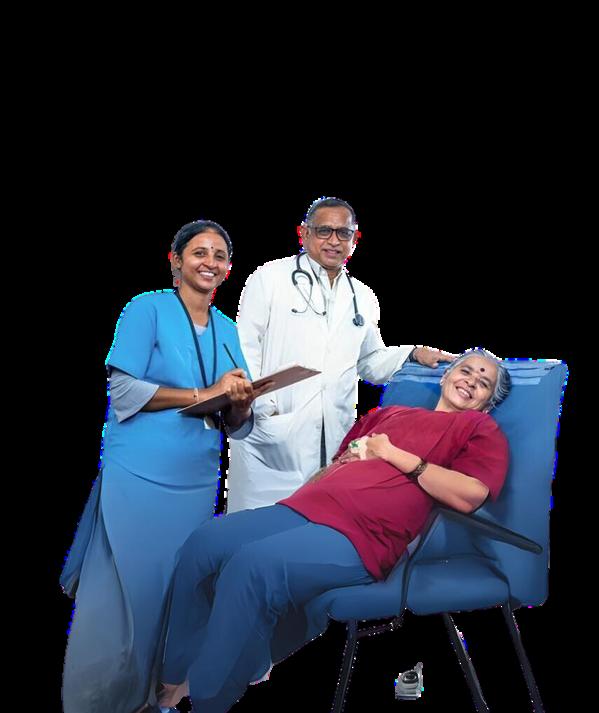

April 2024 16

Ms Rekha Dubey is a trailblazing leader in healthcare management and administration, renowned for her strategic prowess and unwavering commitment to excellence. With a distinguished career marked by transformative leadership, she has significantly impacted the healthcare landscape, setting new benchmarks for innovation and service delivery Under her guidance, Aditya Birla Memorial Hospital has achieved unprecedented success, becoming synonymous with service and clinical excellence
Ms Rekha Dubey's strategic acumen has propelled the hospital to new heights, ensuring operational excellence and industry-leading patient satisfaction rates. Her adept financial management has fortified the hospital's financial health, driving revenue growth and sustainability. With a keen focus on tertiary care, Ms Dubey has spearheaded the expansion of specialized medical services, cementing the hospital's reputation as a premier tertiary care facility. A champion of cutting-edge medical technologies, she has ensured that the hospital remains at the forefront of healthcare advancements, embracing innovation for the benefit of patients
Rekha Dubey
Ex-CEO, Aditya Birla Memorial Hospital

Ms Dubey's unwavering commitment to patient well-being is reflected in her implementation of programmes that prioritize compassion and empathy, fostering a culture of patient-centric care Actively involved in community outreach, she has initiated health awareness campaigns and wellness programs, contributing significantly to the overall well-being of the local community
Ms. Dubey has garnered numerous accolades for her outstanding contributions to the healthcare sector, including the prestigious “Best CEO of the Year” award from the World Congress Forum Additionally, she serves as an Honorary Advisor to leading universities, guiding the development of job-oriented courses to nurture future healthcare professionals
As a visionary leader, Ms Dubey envisions a future where healthcare is delivered with advanced excellence and utmost empathy, ensuring that the health needs of every individual are met cost-effectively. With an indomitable spirit and a relentless pursuit of excellence, Ms Rekha Dubey continues to leave an indelible mark on the healthcare industry, inspiring others to strive for greatness in the service of humanity
Lifetime of Achievement www.CXOTechBOT.com 17
Unlocking Innovation in Healthcare Delivery
FromIdeatoImplementation
Amidst the dynamic shifts within today's healthcare landscape, innovation emerges as an indispensable tool for surmounting multifarious challenges and elevating the standard of patient care. Spanning from the conceptualization of pioneering ideas to the execution of revolutionary medical solutions, th t j t f h lth i ti
NavigatingHealthcareChallenges: CatalystsforInnovation
At the onset of any innovative endeavour lies the critical identification of healthcare challenges These challenges, ranging from access barriers to the integration of emerging technologies and the provision of equitable care, serve as potent catalysts propelling innovation forward In acknowledging and confronting these hurdles, innovators find fertile ground for fostering transformative solutions
EmbracingtheImperativeof HealthcareInnovation
Within the ever-evolving healthcare realm





ExploringtheSpectrumofEmerging Technologies
In the burgeoning landscape of healthcare innovation, India emerges as a pivotal player
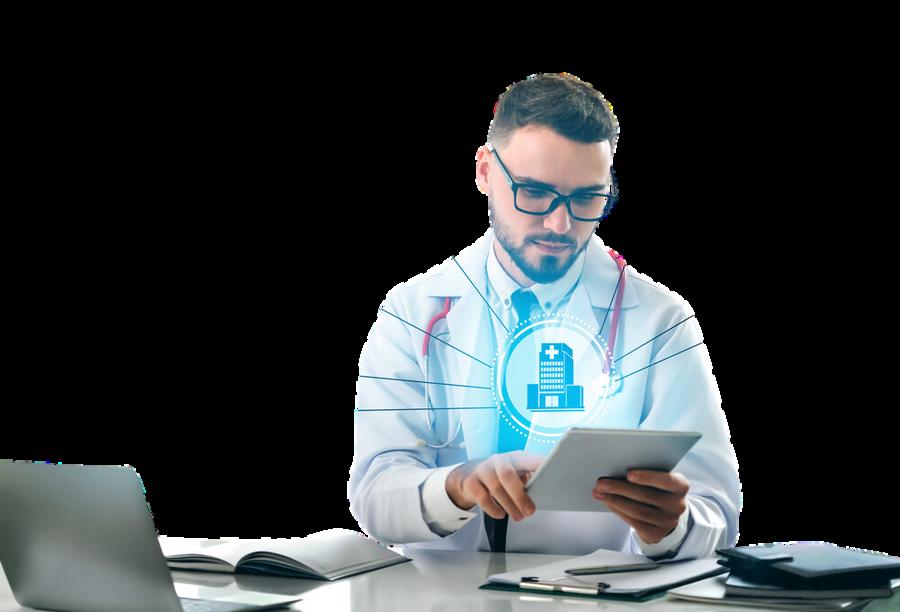

Big Picture April 2024 18
With the Indian healthcare market valued at approximately US$180 billion in FY 2023, and projected to expand at a robust Compound Annual Growth Rate (CAGR) of around 12% to reach roughly US$320 billion by FY 2028, the sector presents an immense opportunity for innovation and investment. Specifically, healthcare innovation in India represents an estimated US$30 billion opportunity, underscoring the significant scope for pioneering solutions that address the diverse needs of patients, providers, and stakeholders alike
This substantial market potential is propelled by various factors, including increasing healthcare expenditure, rising awareness and demand for quality care, and advancements in technology and medical science Furthermore, the evolving healthcare landscape, marked by demographic shifts, changing disease patterns, and the advent of digital health solutions, creates fertile ground for innovation across the continuum of care.
Key areas ripe for innovation within the Indian healthcare ecosystem include telemedicine, digital health platforms, healthcare analytics, medical devices, pharmaceuticals, Artificial intelligence, blockchain, and virtual reality. These domains present avenues for disruptive solutions that enhance access, affordability, and quality of care, thereby driving positive health outcomes and economic growth.
Moreover, the government's initiatives such as Ayushman Bharat, the National Digital Health Mission (NDHM), and the ‘Make in India’
campaign further catalyze innovation by fostering an enabling ecosystem for healthcare startups, promoting indigenous research and development, and leveraging technology to improve healthcare delivery nationwide.
Harnessing the power of these technologies



FosteringCollaboration:A PrerequisiteforInnovation
Central to the success of any innovative venture is the spirit of collaboration. Bringing together diverse stakeholders from healthcare professionals and researchers to technologists and policymakers fosters a rich exchange of ideas and insights. Through interdisciplinary collaboration, innovators gain access to a wealth of expertise, amplifying their capacity to tackle complex challenges comprehensively
FromConceptualizationtoValidation: NavigatingtheInnovationPathway
The journey of healthcare innovation begins with the germination of ideas, often inspired by clinical observations, research findings, or patient experiences. These ideas undergo rigorous validation processes, spanning from prototyping and clinical trials to regulatory approvals. This meticulous journey ensures that innovations are not only feasible but also safe, efficacious, and ethically sound





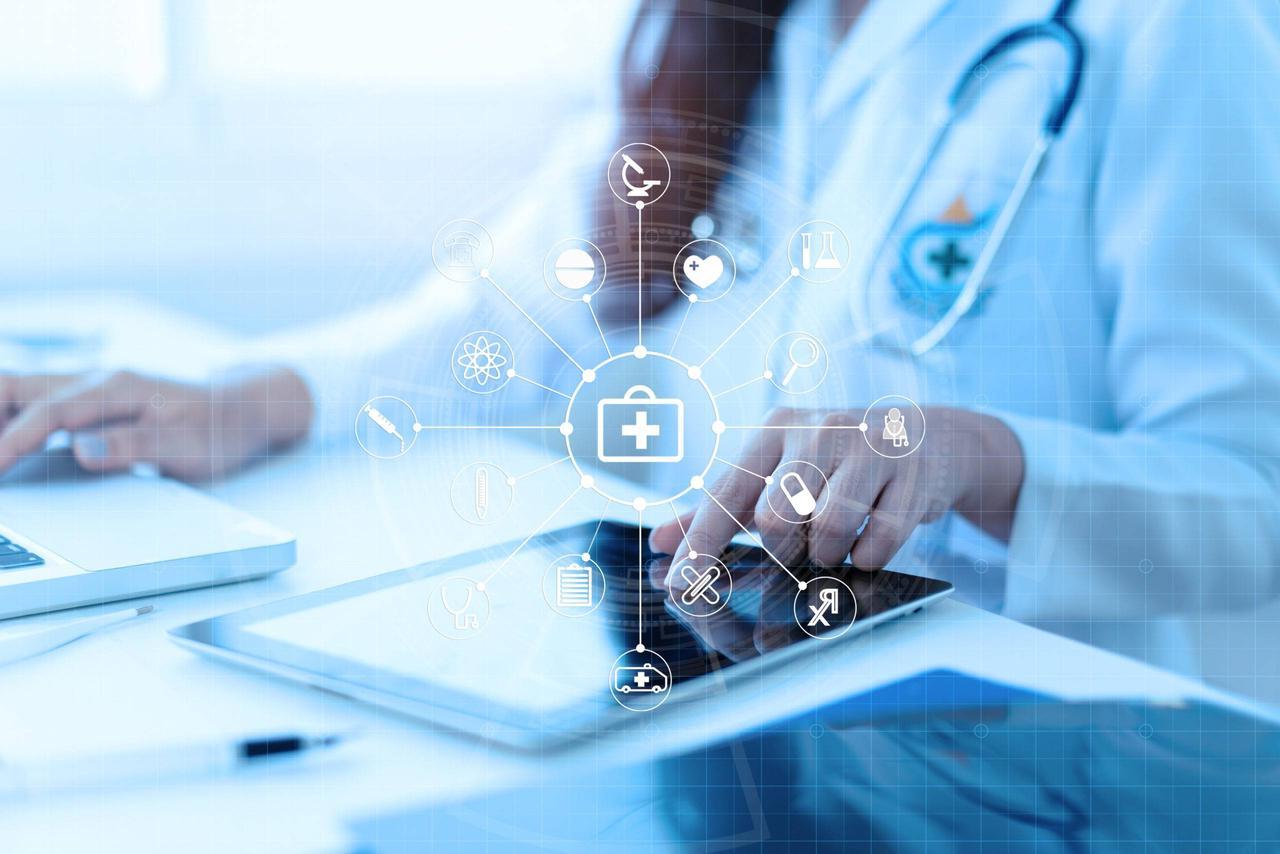

Big Picture www.CXOTechBOT.com 19 w w
RegulatoryCompliance:Upholding StandardsofSafetyandQuality
Healthcare innovation necessitates adherence to stringent regulatory standards to safeguard patient safety and ensure the delivery of high-quality care. Regulatory bodies play a pivotal role in evaluating and approving healthcare innovations, underscoring the importance of compliance with established norms and guidelines
FacilitatingImplementationand Adoption
The successful implementation of healthcare innovations hinges upon robust strategies for adoption and integration into clinical practice Healthcare organizations must invest in infrastructure, training, and change management initiatives to facilitate seamless adoption. By bridging the gap between theory and practice, effective implementation strategies translate innovative concepts into tangible improvements in patient care
EvaluatingImpactandIterative Refinement
Continuous evaluation and feedback mechanisms are essential for assessing the impact of healthcare innovations on patient outcomes and healthcare delivery Datadriven insights enable innovators to identify areas for improvement and refine their solutions iteratively This commitment to continuous improvement ensures that innovations remain responsive to evolving needs and deliver sustainable benefits
Conclusion:PioneeringaFutureof HealthcareInnovation
Innovation serves as the cornerstone of progress within the healthcare domain, offering a transformative pathway towards addressing challenges and enhancing patient care. By unlocking the full potential of
healthcare innovation, we chart a course towards a future where access is equitable, outcomes are optimised, and the patient experience is truly centred. Through collaborative efforts and a steadfast commitment to excellence, we have the power to pioneer a future where innovation not only thrives but also shapes a healthier, more resilient world

Healthcareinnovationis notjustaboutgenerating ideas;it'saboutthe relentlesspursuitof solutionsthattransform challengesinto opportunitiesand aspirationsintorealities. Fromideationto implementation, unlockinginnovationin healthcaredelivery requiresaholistic approach,collaboration, andunwavering commitmentto improvingpatientcare andoutcomes.
Big Picture April 2024 20
DrHari Prasad Kovelamudi
Chairmanofthe Board,CARE Hospitals

Dr Hari Prasad Kovelamudi, esteemed Group Chairman & Non-executive Director at Quality Care India Ltd, is a distinguished figure in the realm of healthcare With an extensive background in medicine and anaesthesia, coupled with a prestigious credential from the Royal College of Emergency Medicine, Dr Kovelamudi possesses a holistic understanding of both clinical and business aspects within the healthcare domain

Having served as the President of Apollo GroupHospitals for nearly nine years, he spearheaded hospital sales and operations, elevating Apollo's stature as one of India's premier healthcare providers. Prior to this, his tenure as CEO of the Central Region further underscored his exceptional leadership capabilities
Dr Kovelamudi's dedication to advancing healthcare extends beyond his corporate roles
As the Founder Chairman of the Society for Emergency Medicine India, he has played a pivotal role in promoting the development and practice of emergency medicine in the country for over two decades.
His commitment to improving healthcare quality and accessibility, coupled with his passion for empowering medical professionals, reflects his unwavering pursuit of excellence and innovation in the field. Dr Hari Prasad Kovelamudi is not only a visionary leader but also an accomplished author and former cricketer, epitomizing a multifaceted approach to success and impact.
Big Picture www.CXOTechBOT.com 21
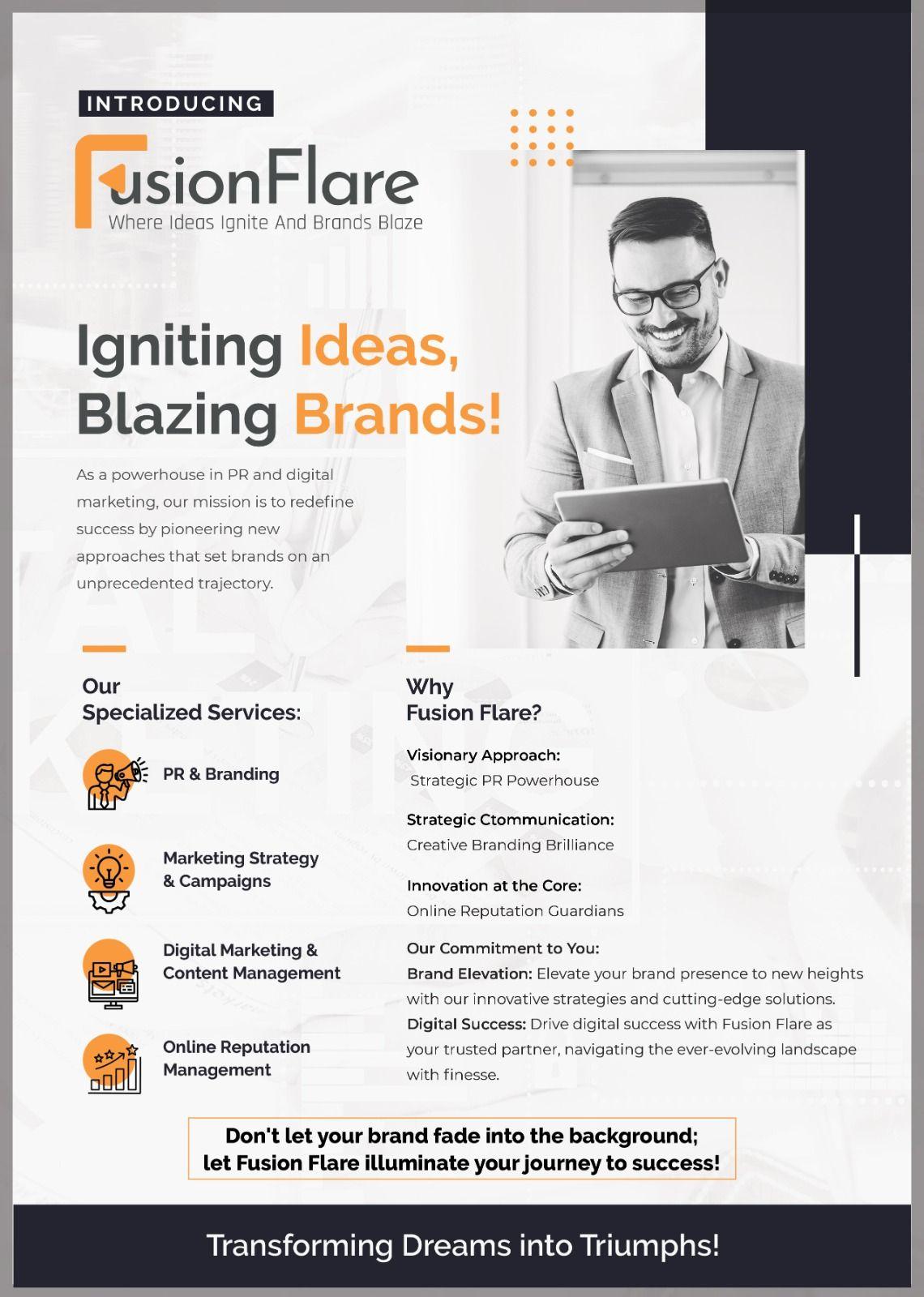

Understanding AIOps anditsUsein Healthcare
As the technological landscape expands within hospital settings, the manual oversight of system performance becomes increasingly arduous for IT teams. AI for IT operations is poised to revolutionise the identification of issues, the proposition of remedies, and the enhancement of overall performance.
In a bygone era characterised by healthcare IT infrastructure confined to server closets, the vigilance over system performance, accessibility, and security posed little challenge However, amidst the proliferation of Software-as-a-Service tools and within an industry obligated to uphold consumer data rights, the landscape has evolved into one of complexity and nuance.
Previously, a simple power down and reboot sufficed Yet, with the ever-increasing complexity of systems, the volume of data to be gathered, processed, and analysed expands exponentially Augmenting human capabilities is imperative to sustain operational continuity.
The surge in workload volume and intricacy has resulted in an avalanche of noise, making it progressively intricate to discern genuine signals from the cacophony. In a needle-in-ahaystack scenario, manual separation becomes implausible
Herein steps Artificial Intelligence for IT operations, or AIOps, as an indispensable ally Automated scrutiny of systems and applications empowers IT teams to decipher unfolding events and execute a coordinated response Advanced iterations are engineered to preemptively forecast bottlenecks or security breaches, thus mitigating potential disruptions proactively


AI April 2024 24

AIOpsvs.Observability
Distinguishing between AIOps and Observability unveils the evolutionary trajectory in comprehending software system dynamics for numerous organisations. Observability entails gaining profound insights into system performance and leveraging data extracted from logs, performance metrics, and traces
Observability's pivotal advantages are underscored, elucidating its capacity to curtail downtime costs and fortify digital resilience. Put plainly, IT teams wield the capability to swiftly identify and rectify issues.
AIOps transcends this paradigm by infusing intelligence into data, discerning patterns within performance metrics. Is a surge in traffic directed at a solitary web server indicative of a cyber onslaught or a surge in patients scheduling vaccinations? Is the 1 a.m. backup attempt part of the routine weekly task or the machination of an unauthorised user wielding pilfered credentials?
No ecosystem operates in isolation Interconnections abound between web applications, websites, and databases It's imperative to discern the interplay of logs and events across workloads. It transcends the mere identification of anomalies. Understanding the underlying causes behind deviations is paramount. This is where AIOps assume a more proactive role.
TheAIOpsLandscape:DomainAgnosticvs.Domain-Centric Approaches
When navigating the realm of AIOps, the efficacy of assistance often hinges on the chosen flavour, delineating between domainagnostic and domain-centric approaches.
A domain-agnostic strategy entails synthesising data from diverse origins to tackle issues spanning multiple operational domains, encompassing networking, storage, and security. While offering a panoramic vista of overall performance, these tools may lack the precision requisite for addressing specific pain points, use cases, or industry exigencies
Conversely, a domain-centric tool is laserfocused on a specific domain, be it an IT ecosystem or a vertical industry Although it doesn't traverse the entirety of the IT landscape, its AI models for detection and analysis are finely honed on datasets germane to that domain
When employing a domain-centric tool to scrutinise a network for bottleneck causes, its models boast a nuanced comprehension of prevalent network protocols and patterns. It adeptly discerns between a distributed denial-of-service attack and a mere misconfiguration, thanks to its specialised training
GuidelinesforResponsible DeploymentofAIOps
Fortify with Robust Data Sets: Lay the foundation with comprehensive and highquality data sets, empowering AI models with a rich reservoir of information.
Transparency is Key: Embrace models characterised by transparency and imbued with a high fairness coefficient, fostering trust and ethical integrity in decision-making processes.
Human Oversight: Enlist the presence of a human in the loop to validate the outputs of AI models, ensuring accuracy and mitigating potential biases or errors
AI www.CXOTechBOT.com 25
Facilitate Seamless Integration: Foster a natural transition for IT teams as they embrace AIOps tools, facilitating adaptation and maximising efficacy in operational workflows.
AIOpsinHealthcareEnhancingResponseandReporting
AIOps in healthcare delivers immediate insights into the performance of critical clinical applications, ensuring they remain operational, accessible, and optimised This extends to the underlying infrastructure supporting these pivotal applications.
Armed with such insights, IT teams are empowered to enact timely interventions
Effective AIOps solutions excel in analysing events and discerning patterns, aiding in the identification of interrelated issues, Lin elaborates
This marks a significant departure from past practices, where organisations convened IT and security leaders in arduous " war room " sessions, often during unconventional hours, to sift through the chaos A substantial aspect of AIOps lies in illuminating deviations from the norm, enabling proactive responses.
Furthermore, AIOps is adept at evaluating situations and recommending the appropriate level of incident response This encompasses everything from seemingly routine help desk tickets to the cascade of alerts inundating IT staff during overnight shifts.
Questions such as how many systems are affected, the nature of the vulnerability, potential impact scope, and who needs to be notified immediately versus later are precisely the kind that AIOps can address for IT personnel This decision support mechanism not only offers guidance but also instils confidence in junior staff members who may be grappling with their first serious incident response.
Moreover, two additional benefits are provided by AIOps tools
Firstly, they maintain an ongoing log of incidents and responses, facilitating compliance reporting through an audit trail.
Secondly, they excel in identifying and even predicting system vulnerabilities, such as outdated operating systems running on ubiquitous medical devices Given the immense workload volume in typical hospital settings, manually tracking such vulnerabilities is arduous, if not impossible





AI April 2024 26
TheEvolutionofAIOpsinHealthcare:EnhancingBusinessOperations
The future of AIOps in healthcare extends beyond IT, aiming to enhance overall business operations through data-driven insights. The next frontier involves applying AIOps beyond traditional IT realms.
An illustrative case within hospitals is optimising emergency department throughput. AIOps tools possess the capability to identify instances where the ED isn't efficiently processing patients. Factors such as time of day, week, or month, as well as specific patient demographics, could influence throughput performance.
AIOps serves as a sentinel, alerting stakeholders when performance deviates from expected standards A substantial portion of the data collected pertains to both business and patient outcomes



AI www.CXOTechBOT.com 27
AHolisticApproachto EvaluatingtheOptimal HMISSolutionfor HealthcareFacilities


The healthcare domain has undergone a notable metamorphosis owing to technological advancements in recent years. Nonetheless, amidst this paradigm shift, the meticulous selection of an optimal Hospital Management Information System (HMIS) for a medical institution remains a perennial concern Given the heterogeneous nature of workflows and requirements across various healthcare facilities, prescribing a universally applicable solution proves elusive Instead, the challenge lies in discerning an HMIS solution that most aptly aligns with the idiosyncratic demands and operational intricacies of each establishment
Usability
Evaluating the usability of the product stands as the foremost consideration in the
assessment process This aspect holds immense significance from the standpoint of adoption, especially post-successful implementation
Easy Navigation & Enhanced User Interface (UI)
The product must facilitate effortless navigation for end-users across all its modules This criterion assumes paramount importance, particularly in evaluating the clinical Electronic Medical Records (EMR) and customer-facing interfaces Ensuring a userfriendly interface is imperative to accommodate diverse end-user perspectives.


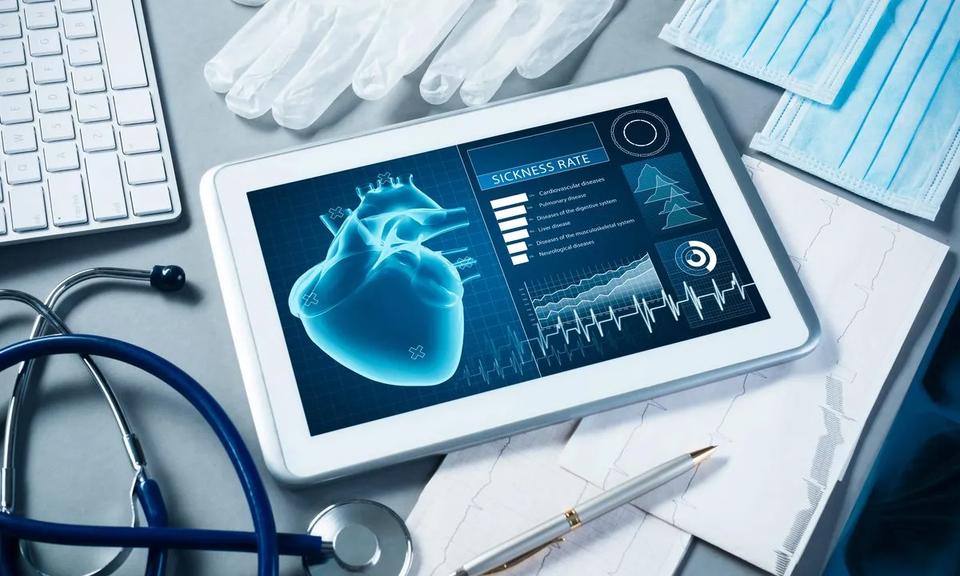
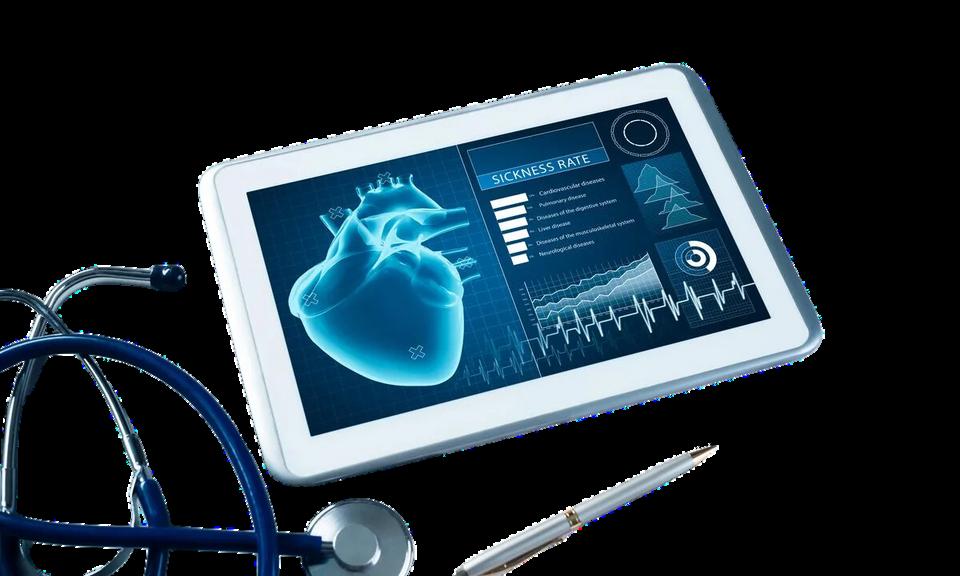
In Brief www.CXOTechBOT.com 29

Healthcaretechnology isdynamicandthe pursuitofanoptimal HMISsolutiondemands ameticulousevaluation encompassingusability, functionality, integration,security, andcostconsiderations. Navigatingthrough thesecheckpoints,we carveapathway towardsseamless patientcaredelivery andorganisational efficiency.

Streamlined Interactions
Minimizing the number of clicks required to perform a single action is crucial This evaluation criterion directly impacts the complexity of guiding end-users during live operations A reduction in the number of clicks enhances operational efficiency and user satisfaction.
Unified Access to Information
The HMIS should provide comprehensive access to consolidated information spanning both clinical and non-clinical domains
Whether it pertains to patient data organized episode-wise or encompasses financial and inventory data, a holistic approach is indispensable Access to a single view of information fosters informed decision-making and operational cohesion
Functionalities
The evaluation of an HMIS product extends to its functionalities, which serve as the operational backbone of the system. Each functionality is integral to the seamless operation of healthcare facilities and warrants thorough scrutiny to align with existing workflows A meticulous assessment should be conducted based on current operational processes, with deficiencies identified and documented through gap analysis While the intricacies of each functionality may vary, their relevance in the healthcare IT context remains self-evident.
ADT (Admission/Discharge/Transfer)
Emergency Module
Billing (OP&IP), encompassing cash, credit, and package options
LAB/Radiology functionalities
Pharmacy (OP&IP)
ICU Management
OT/Cath management, inclusive of scheduling
Agreements & Third Party Administrations (TPA)
In Brief April 2024 30

Ancillary modules, such as Central Sterile Services Department (CSSD), Blood Bank, Dietetics, Food & Beverage, and Medical Records Department (MRD)
Accounts Payable/Accounts Receivables
Inventory Management
OP/IP Electronic Medical Record (EMR)
CPOE (Computerized Physician Order Entry)
Progress/SOAP Notes
Diagnosis capturing and mapping capability
Efficient Prescription/Order Medication Administration, including infusions
Auto Discharge Summary Support for Clinical Decision Support Systems
Compatibility with medical coding standards such as ICD, SNOMED, MIMS, and LIONIC
Electronic Health Record (EHR) and Personal Health Record (PHR) capabilities
Vitals/Intake/Output - Capture
Comprehensive charting of patient information
Handover/Take Over capturing capabilities
Joint Commission International (JCI) and National Accreditation Board for Hospitals & Healthcare Providers (NABH)
documentation Capability
Availability of an Enterprise Resource Planning (ERP) system for backend processes, encompassing Materials Management (MM), Finance, and Human Resources (HR) functions.
These functionalities collectively form the backbone of an HMIS, ensuring efficient operations and optimal patient care delivery within healthcare facilities.
IntegrationCapabilities
Integration capabilities represent a critical facet of HMIS evaluation, as they can significantly
impact the seamless operation of a hospital. Inadequacies in integration can result in disruptions to the flow of information, potentially leading to clinical errors, operational inefficiencies, and even revenue leakages
It is imperative to scrutinise various interface areas during the evaluation process to ensure comprehensive integration. These include, but are not limited to:
ERP (MM/Finance/HR) – Capability for ERP integration
PACS – Radiology Information Systems (Bidirectional)
LIS – Lab Information Systems (Bidirectional)
ICU Management Systems
EPABX – Call center operations
QMS – Queue Management Systems
Patient Portal / Website / Mobile App
Tele ICU/Consult/medicine with standard APIs
DMS – Document management system
Payment Gateway
SMS & Email
Given that these integration capabilities may not be immediately discernible as features within the application, soliciting feedback from existing clients becomes paramount Leveraging the experiences of current users can provide invaluable insights into the efficacy and efficiency of integration, guiding informed decision-making during the HMIS selection process. Thus, ensuring robust integration capabilities is crucial for optimising hospital operations and enhancing overall patient care delivery.
MIS&Dashboards
The domain of Management Information Systems (MIS) and dashboards holds paramount importance for senior leadership across organisations, particularly within healthcare facilities. In their pursuit of operational efficiency and prompt remedial
In Brief www.CXOTechBOT.com 31

actions, real-time dashboards emerge as indispensable tools However, the prevalence of systems offering dashboards lacking realtime data renders them less effective in certain scenarios To address this, key considerations within the realm of MIS and dashboards encompass:
Real-time dashboards: Immediate access to real-time data is essential for informed decision-making and swift interventions.
Data consolidation from multiple systems: ERP&HIS: Integration capabilities enabling the amalgamation of data from diverse systems, such as Enterprise Resource Planning (ERP) and Hospital Information Systems (HIS), are imperative.
Business Intelligence (BI) capabilities, including drill-down functionalities: Advanced BI features empower users to delve deeper into data insights, facilitating comprehensive analysis and strategic planning.
Report Builder: The availability of a robust report-building tool empowers in-house teams to create customised reports tailored to specific organisational requirements
Automated reports: The capability to automate report generation and dissemination ensures timely delivery of critical information to end-users, enhancing operational efficiency and decision-making processes.
Prioritising these components within MIS and dashboard functionalities enables healthcare organisations to effectively harness datadriven insights to drive strategic initiatives, optimise operational performance, and ultimately, elevate the quality of patient care delivery
Hosting,Portability,Performance &Security
Once the evaluation of product features and capabilities is complete, attention must shift towards assessing the hosting and portability capabilities of the HMIS The following points merit consideration in this regard:
Is the application platform independent? Compatibility with tablet/mobile/handheld devices
On-premise/Cloud hostable infrastructure
Physical/Virtual Machine (VM) hostable options
Secure outside access of the application to end-users
Encryption capability in the backup context
Data loss reduction plans
Reporting architecture, distinct from production environments
Performance of the application under peak loads
Data growth patterns
Compliance with medical standards such as HIPAA
These factors are pivotal in determining the robustness of the HMIS hosting infrastructure and its ability to deliver optimal performance while ensuring data security and compliance with regulatory standards. By meticulously evaluating these aspects, healthcare organisations can mitigate risks and bolster the reliability and effectiveness of their HMIS deployment.
BackupandDisasterRecovery (DR)Capabilities
In a fully electronic healthcare environment, ensuring uninterrupted access to critical applications is paramount Thus, robust backup and disaster recovery capabilities are essential components to maintain business continuity in adverse situations Key considerations in this area include:
In Brief April 2024 32
Scheduled backup: Implementation of scheduled backups, encompassing both full and differential backups, with a minimum data loss strategy.
Heartbeat/Replication server’s capability: Utilisation of heartbeat or replication server technologies to ensure continuous data synchronisation and redundancy
Disaster Recovery (DR): Hosting capabilities: Provisioning of hosting capabilities for disaster recovery with minimal Recovery Point Objective (RPO) and Recovery Time Objective (RTO)
Near DR/Cloud DR support: Support for Near Disaster Recovery (Near DR) and Cloud Disaster Recovery (Cloud DR) solutions to diversify recovery options and enhance resilience.
Quick Failover/Failback capabilities:
Implementation of rapid failover and failback mechanisms to swiftly restore service in the event of system breakdowns
Multi-DR setup capability: Ability to host multiple disaster recovery setups, including on-premise, near DR, and cloud DR, to further enhance redundancy and resilience.
Provision for capturing bulk manual entries during downtime: Establishment of mechanisms to capture bulk manual entries made during downtime, ensuring data integrity and completeness.
Addressing these aspects, healthcare organisations can fortify their backup and disaster recovery capabilities, safeguarding against potential disruptions and ensuring uninterrupted access to critical applications and data, thereby maintaining continuity of care delivery.
ImplementationandSupport
Even with a system possessing all the aforementioned advantages, inadequate implementation and support can render operations inefficient Therefore, a detailed examination of implementation and support parameters is imperative. These parameters encompass:
Implementation life cycle duration:
Assessment of the duration required for the complete implementation life cycle, including planning, deployment, testing, and stabilisation phases.
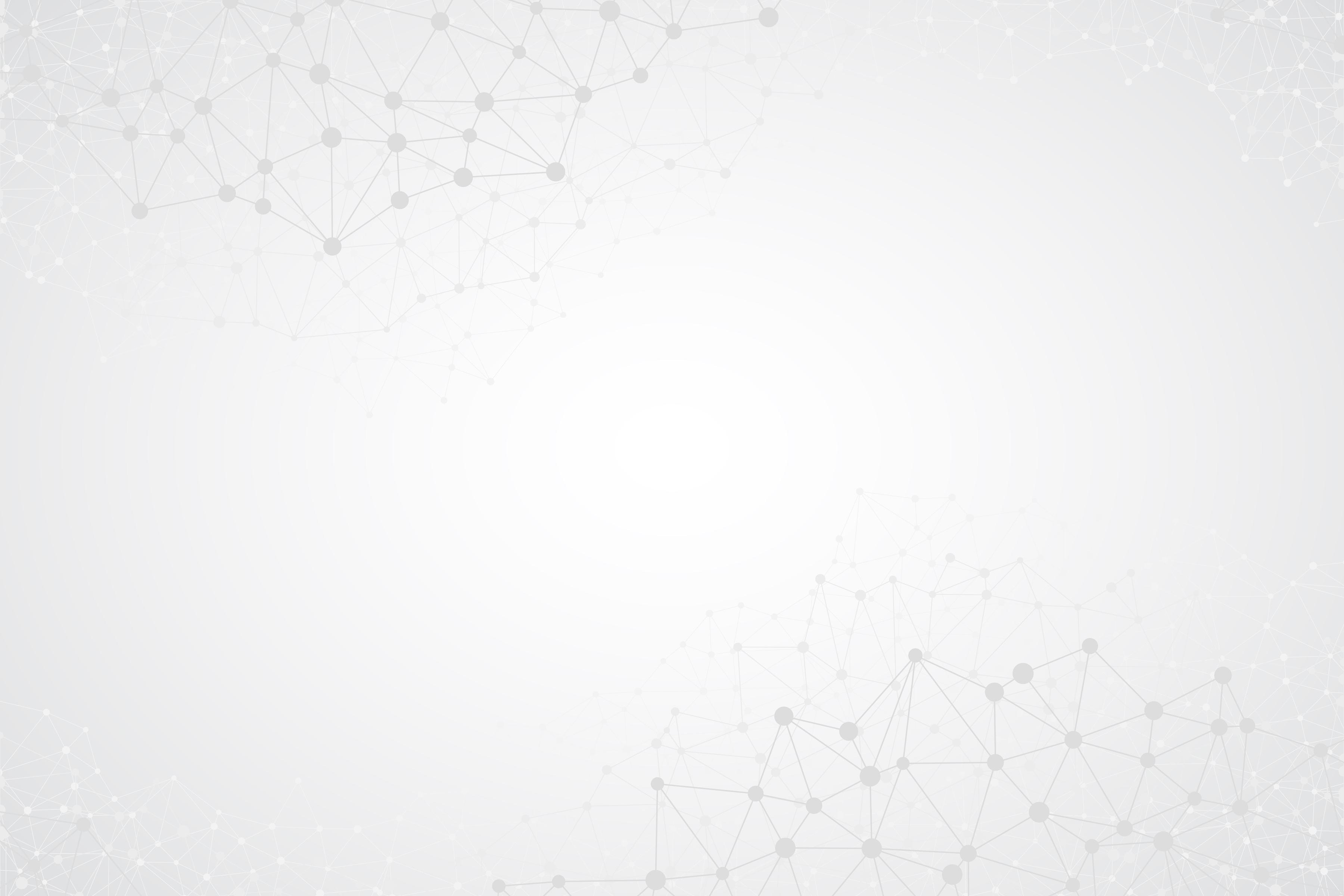
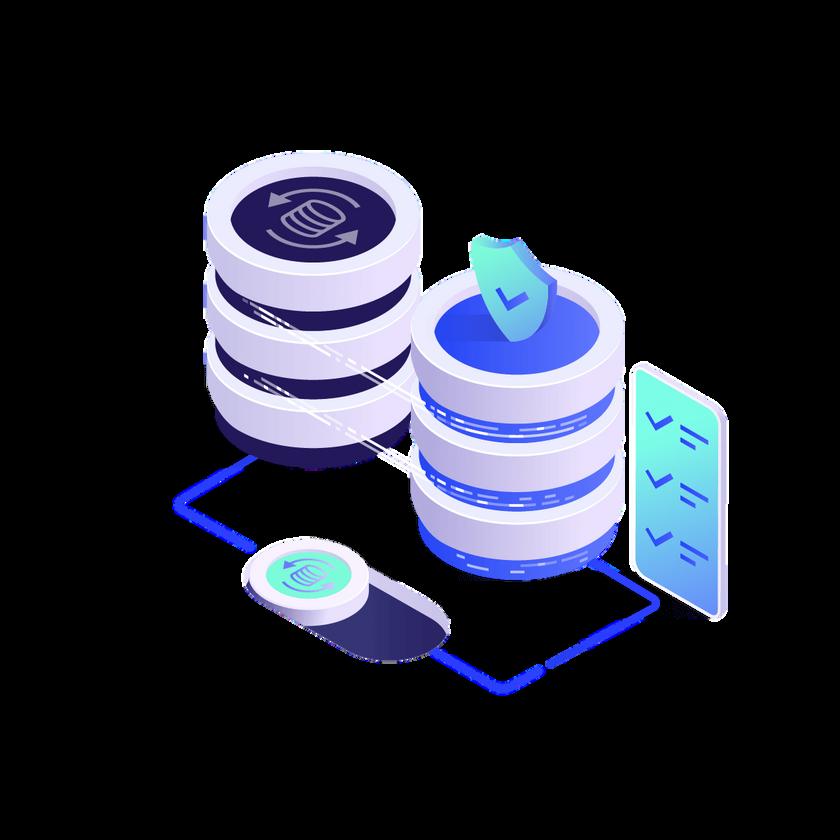
In Brief www.CXOTechBOT.com 33
Gap Analysis (ASIS vs. Product) and BRS documentation: Conduct a thorough Gap Analysis to identify disparities between existing processes (ASIS) and the HMIS product, along with comprehensive Business Requirements Specification (BRS) documentation
Capability to develop BRS requirements: Evaluating the system's capability to accommodate and fulfil Business Requirements Specification (BRS) requirements, ensuring alignment with organisational needs
Resource availability on-site postimplementation, till stability: Ensuring the availability of resources on-site postimplementation to provide necessary support and assistance until the system achieves stability.
Implementation to support conversion –Plans and duration: Developing comprehensive plans and timelines for data migration and system transition, ensuring minimal disruption to operations during the conversion phase.
Issue reporting methodology – Ticketing: Establishing an effective issue reporting methodology, typically through ticketing systems, to facilitate prompt resolution of operational issues and technical glitches.
SLA definition with business-critical issues/Bugs/CRs: Defining Service Level Agreements (SLAs) about business-critical issues, bugs, and Change Requests (CRs), to ensure timely resolution and adherence to performance standards.
Meticulously assessing and addressing these implementation and support parameters, healthcare organisations can mitigate risks, optimise system performance, and enhance operational efficiency throughout the HMIS deployment lifecycle
LicensingModelandCost
In addition to assessing the functional capabilities of the HMIS, cost considerations play a pivotal role in decision-making. The following aspects need careful consideration to optimise costs according to the setup and budgetary constraints:
Total Cost for Required Setup: Evaluation of the total expenditure associated with the HMIS setup, including software acquisition, implementation, training, and infrastructure requirements.
Costing Model - User/Bed/Unit: Examination of the pricing structure based on user licenses, bed counts, or unit deployments, ensuring alignment with organisational needs and scalability.
Restrictions on User/Bed License Counts: Scrutiny of any limitations imposed on user or bed license counts, to ascertain scalability and accommodate future growth




In Brief April 2024 34
Inclusion of BRS Requirements: Determination of whether Business Requirements
Specification (BRS) requirements can be accommodated within the licensing model, facilitating customisation and alignment with organisational workflows
Inclusion of Integration Efforts: Assessment of whether integration efforts with other systems or modules are included in the licensing cost or require additional expenditure
Change Request (CR) Costing Defined:
Clarification on the costing mechanism for Change Requests (CRs), typically defined in terms of man-hour costs, ensuring transparency and predictability in additional development efforts
Support/AMC Cost Agreed on the Contract: Agreement on the cost and terms of support services, including Annual Maintenance Contracts (AMCs), to ensure ongoing system maintenance and technical support
Ancillary Modules Cost, if Applicable:
Identification of any additional modules or functionalities that may incur extra costs, ensuring a comprehensive understanding of the total cost of ownership.
MarketFeedback
Lastly, obtaining market feedback on the HMIS product from existing clients who have been utilising the system for at least a year is indispensable. This feedback provides valuable insights into the challenges faced by other users and enables informed decisionmaking and strategic planning While this checklist serves as a comprehensive guide for HMIS selection, it is essential to recognise that specific requirements may vary across healthcare facilities, necessitating tailored evaluations to meet individual organisational needs
Takeaway
Selecting the right HMIS involves assessing usability, functionalities, integration, hosting, support, cost, and market feedback Each aspect is crucial for seamless operations and optimal patient care. Carefully evaluating these factors and aligning them with organisational goals, healthcare facilities can make informed decisions to enhance efficiency and elevate the standard of care





In Brief www.CXOTechBOT.com 35
Mohanachandran
Head-IT,Maharashtra,ApolloHospitals
Mr Mohanachandran is a seasoned Healthcare IT professional and consultant with over 18 years of extensive and rich experience driving digital transformation and operational excellence within the healthcare sector. Currently serving as Head-IT for Maharashtra at Apollo Hospitals, he has demonstrated expertise in NextGen Enterprise HIS Solutions, ERP implementations, and IT infrastructure management.
Throughout his career, Mr Mohanachandran has showcased his leadership capabilities by spearheading successful EMR adoption initiatives, achieving compliance certifications, and optimizing operational costs. His tenure at Meitra Hospital and Fortis Healthcare exemplifies his ability to lead large-scale IT projects, implement governance models, and drive strategic IT initiatives.
With a keen focus on innovation, Mr Mohanachandran has played a pivotal role in implementing cutting-edge technologies such as device-assisted telemedicine, wearable tech, and smart healthcare applications His hands-on experience in project and product management, coupled with his expertise in business analysis and requirements analysis, has enabled him to deliver tangible results and drive organizational growth.
Mr Mohanachandran's commitment to leveraging technology to enhance patient care and streamline operations makes him a valuable asset in the everevolving landscape of healthcare IT His track record of success, coupled with his strong communication and problem-solving skills, positions him as a trusted leader in the field.

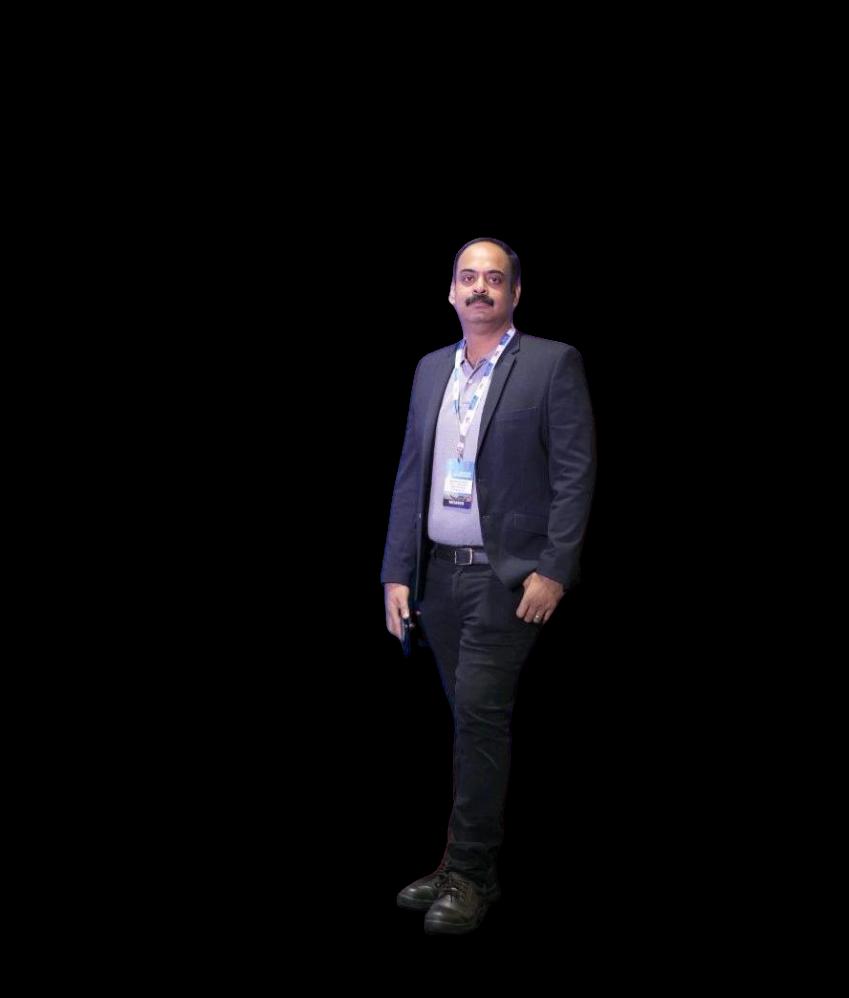
In Brief April 2024 36
To Invent or Innovate? That’stheQuestion
TheNeedoftheHourintheHealthTechArenaToday
Inthetimelessmasterpiece"Hamlet,"penned byWilliamShakespearebetween1599and 1601,theprotagonistgrappleswiththe existentialquestion,"Tobeornottobe?"This profoundinquiryhasechoedthroughthe centuries,resonatingeveninthemindsof today'sHealthTechleaders,theCIOsand CTOsnavigatingthecomplexitiesofmodern healthcare MuchlikeHamlet'sintrospection, theytoofaceadilemma:thedistinction between"invention"and"innovation."
Tounravelthisenigma,letusdissectfive pivotalfactorsthatdelvedeeperintothis dichotomy.
Inventionvs.Innovation: UnderstandingtheDynamics
Invention:PioneeringtheNew
Nature:Involvesthecreationofsomething entirelyneworasignificantimprovement, pushingtheboundariesofexisting knowledgeandcapabilities
Focus:Primarilyemphasizesnoveltyand originality,aimingtodisruptconventional
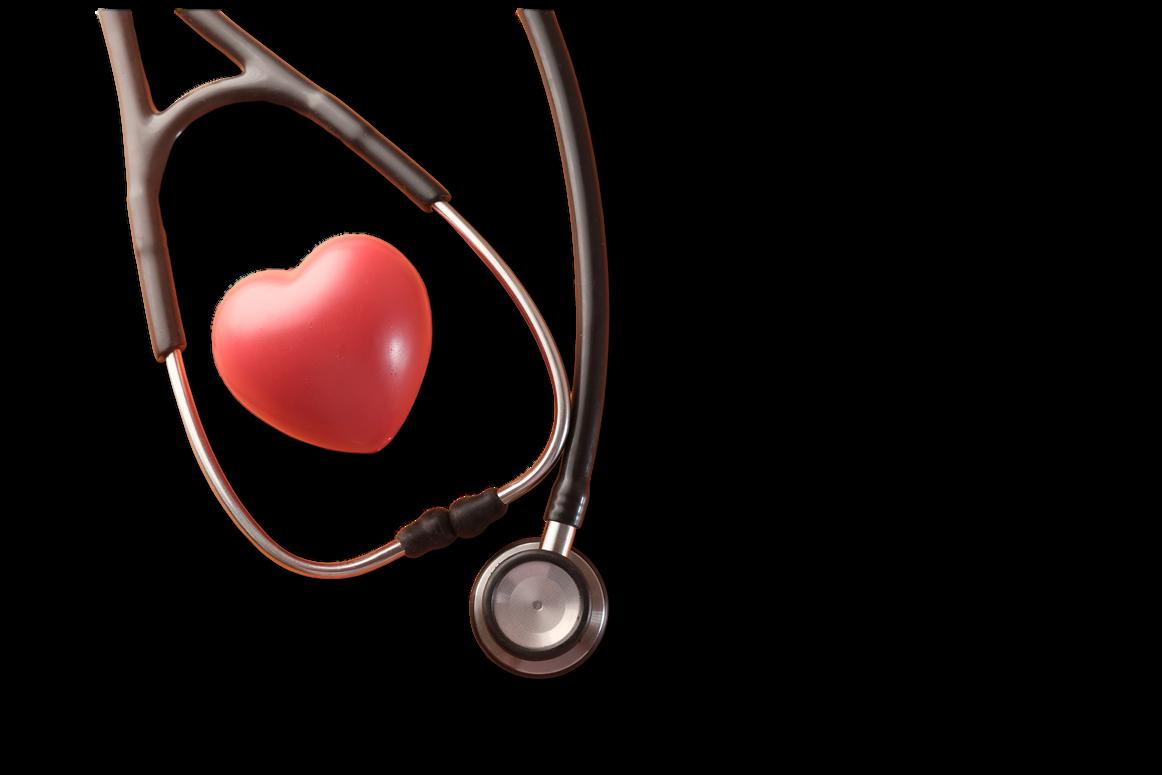
thinking and practices.
Timing: Often associated with a specific moment or event, marking a milestone in the evolution of ideas and technologies.
Risk: This entails higher levels of risk and uncertainty, as groundbreaking endeavours often face resistance and unforeseen challenges
Application: Initial creation or discovery, often leading to patents and laying the foundation for further development and commercialization
Innovation:CatalyzingChange
Nature: Introduces something new or improves existing concepts, driving evolution and progress in various fields
Focus: Encompasses a broader scope including application, improvement, and adaptation, seeking to enhance efficiency, effectiveness, and relevance.
Timing: This can occur incrementally over time, reflecting an iterative process of experimentation, feedback, and refinement

ViewPoint www.CXOTechBOT.com 37
Risk: Involves risk but is often managed through incremental changes, leveraging insights and learnings to mitigate potential pitfalls
Application: Practical implementation and integration into the market or processes, translating ideas into tangible solutions that address real-world needs and challenges.
In essence, invention sparks the genesis of the new, while innovation ignites a transformative journey of enhancement and adaptation
In the rapidly evolving healthcare domain, the fusion of technology and medicine has birthed the dynamic realm of HealthTech Amidst unparalleled challenges gripping our world, the demand for revolutionary HealthTech solutions has escalated to unprecedented heights.
The pivotal question looms large: In this era of transformation, where should our focus lie on harnessing the power of innovation or unleashing the force of invention to tackle the formidable challenges in healthcare?
RevolutionizingHealthTechThrough Invention
While innovation drives incremental progress in the HealthTech space, the imperative for groundbreaking inventions cannot be overstated Inventions serve as catalysts for paradigm shifts, ushering in entirely new technologies or methodologies that redefine the boundaries of healthcare possibilities
These breakthroughs hold the potential to tackle longstanding challenges head-on and unlock unprecedented advancements.
One exemplary HealthTech invention stands tall: the development of CRISPR gene-editing technology This groundbreaking tool enables the precise modification of genes, offering a transformative approach to treating genetic disorders at their core In the context of HealthTech, inventions like CRISPR hold the key to revolutionizing personalized medicine,
Embracingboth innovationand inventionin HealthTechisn'tjust anoption;it'sour imperativeto revolutionize healthcareand shapeafutureof boundless possibilities.


ViewPoint April 2024 38
paving the way for tailored treatments based on an individual's unique genetic blueprint
Moreover, inventions in diagnostic tools have been game-changers, with advanced imaging technologies and point-of-care testing devices leading the charge These innovative solutions not only elevate the accuracy and speed of diagnoses but also empower healthcare professionals to intervene earlier, leading to more effective treatment strategies and ultimately, improved patient outcomes.
PioneeringHealthTechInnovation: AParadigmShift
Within the dynamic realm of HealthTech, innovation surges forward, catalyzing the evolution and refinement of existing technologies and processes to augment efficiency, accessibility, and ultimately, patient outcomes Harnessing the relentless influx of data, the strategic deployment of cutting-edge tools such as artificial intelligence (AI), machine learning, and data analytics has become the cornerstone of transformative solutions in diagnostics, treatment planning, and patient-centric care.
A hallmark of innovation lies in its profound capacity to democratize healthcare, making it


more accessible to all. Through the proliferation of mobile health applications, telemedicine platforms, and wearable devices, the healthcare landscape has undergone a seismic shift These pioneering innovations not only empower individuals to take charge of their well-being but also afford healthcare professionals the ability to deliver remote consultations, transcending geographical barriers and extending vital services to underserved populations.
Furthermore, the seamless integration of technology has revolutionized administrative workflows, alleviating the burdensome tasks that often encumber healthcare professionals and enabling them to prioritize patient care. Take, for instance, the adoption of Electronic Health Records (EHRs), a pivotal advancement that has streamlined the management of patient information. By facilitating swift access to critical data and fostering seamless collaboration among healthcare teams, EHRs
epitomize the transformative power of innovation in driving operational efficiency and enhancing the quality of care delivery

BalancingInventionandInnovation: ACrucialEquationinHealthTech
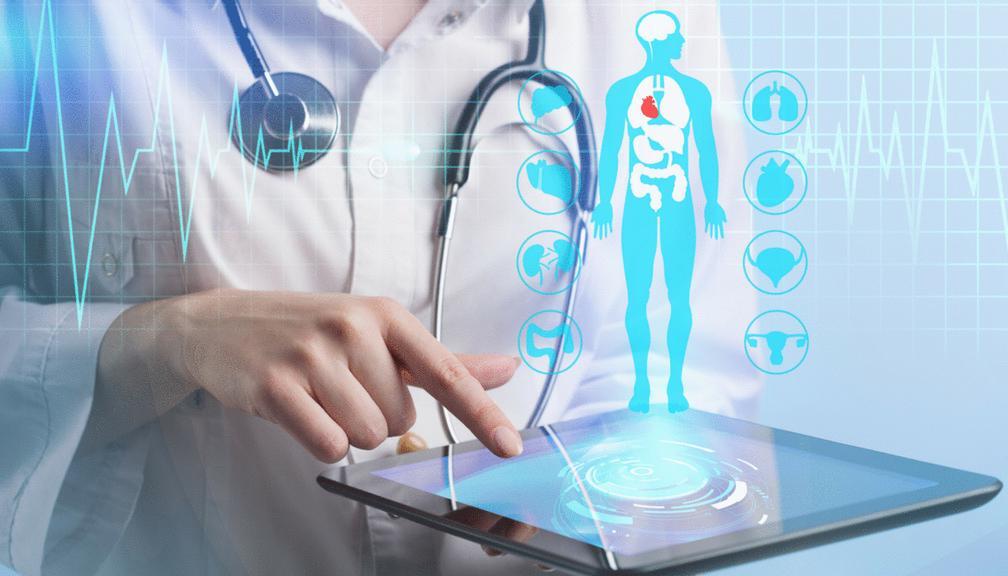
Achieving synergy between innovation and invention is pivotal for advancing HealthTech solutions comprehensively While ongoing innovation ensures that healthcare technologies remain agile and adaptable, groundbreaking inventions propel us forward, addressing challenges that mere incremental improvements cannot surmount.


Consider the profound lessons imparted by the COVID-19 pandemic to the HealthTech community This global crisis underscored the criticality of rapid innovation across diagnostics, treatments, and vaccine development.

Collaborative efforts among scientists, researchers, and technology
ViewPoint www.CXOTechBOT.com 39
experts yielded swift advancements in diagnostic tests, therapeutic interventions, and vaccines, demonstrating the formidable power of innovation in mitigating global health crises
Simultaneously, the pandemic accentuated the need for inventive solutions, exemplified by mRNA vaccine technology This breakthrough represented a paradigm shift in vaccine development, offering a swifter and more adaptable approach to combating emerging infectious diseases.
TheNeedoftheHour:Meetingthe Demands,StrikingtheBalancein HealthTech
Collaboration emerges as the cornerstone of progress, uniting stakeholders including healthcare professionals, researchers, technology experts, and policymakers By fostering a collaborative ecosystem that encourages the exchange of ideas and resources, the HealthTech arena can harness the collective power of innovation and invention to propel healthcare into a new era of excellence.

Maintaining a delicate balance between innovation and invention is imperative, especially in the HealthTech domain. The healthcare sector must prioritise continuous innovation to refine existing technologies, streamline processes, and ensure widespread accessibility Simultaneously, significant investments in pioneering inventions are essential to confront intricate challenges, elevate patient outcomes, and fortify resilience against unforeseen health crises

Today's HealthTech landscape demands a harmonious blend of innovation and invention to meet the evolving needs of healthcare While innovation ensures the continuous improvement of existing technologies and processes, inventions are vital for surmounting complex challenges and pushing the boundaries of possibility
As we navigate the future of healthcare, a balanced approach that embraces both innovation and invention will undoubtedly pave the way for transformative advancements, ultimately enhancing the quality, accessibility, and effectiveness of healthcare worldwide.




ViewPoint April 2024 40
Unmesh Deshpande
Founder, CaaS
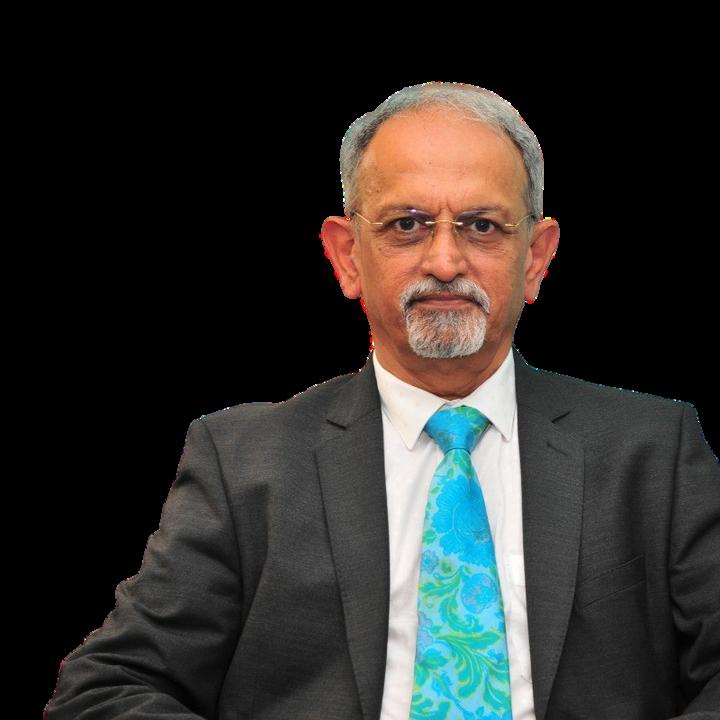
Mr Unmesh Deshpande is a visionary leader with over three decades of experience driving technology-enabled transformations across diverse industries As a seasoned Chief Technology Officer (CTO) and Vice President and Technology Advisor, he has played pivotal roles in renowned organisations such as Persistent Systems, Kingsway Hospitals, where he spearheaded groundbreaking initiatives in healthcare and Business Continuity and a wide range of technology platforms
Mr Deshpande’s expertise lies in architecting scalable infrastructures, fostering innovation, and championing digitalisation to enhance patient-centric solutions His relentless pursuit of excellence extends beyond corporate realms, as he serves as the Honorary Principal Advisor for Business Process Automation & Digital Infrastructure at NewBox Consulting. A dynamic speaker and thought leader, he is sought after in CXO forums for his insights on revolutionising healthcare through digital initiatives. He is a budding author and recently his book Innovation Unleashed: The Journey of a HealthTech CTO has received accolades from the industry leaders.
Beyond his professional endeavours, Mr Unmesh Deshpande finds solace in nature through Himalayan drives and wildlife photography, embodying a philosophy of "disconnecting to reconnect." With a deep commitment to transformative technology and societal betterment, Unmesh continues to inspire and shape the future landscape of IT and healthcare

ViewPoint www.CXOTechBOT.com 41

SkillzzaJob SimulationProgram







CallNow +91 9136961978 VisitWebsite www.skillzza.com
DigitalUpskilling HealthWorkforce fortheDigitalFuture
The healthcare sector is currently experiencing a rapid evolution driven by the seamless integration of advanced or emerging technologies. This progression necessitates that healthcare professionals equip themselves with essential digital competencies. This article underscores the critical importance of digital upskilling within the healthcare domain and elucidates the manifold benefits it offers in enhancing patient care outcomes.
By immersing themselves in digital upskilling initiatives, healthcare practitioners can effectively leverage a spectrum of cuttingedge technologies, including chatbots, machine learning algorithms, customised applications, and the Internet of Medical Things (IoMT) This proactive approach not only enables professionals to adapt to the digital era but also empowers them to redefine standards of patient care
Digital upskilling transcends being just a trend; it represents a fundamental pillar of modern healthcare excellence. Through this process, healthcare professionals can meticulously refine care delivery processes, optimise operational efficiency,


Digital Upskilling www.CXOTechBOT.com 43
Digital Upskilling
and elevate patient satisfaction levels. Ultimately, embracing digital upskilling fosters a healthcare landscape where every interaction is optimised to achieve unparalleled outcomes
RedefiningLearninginHealthcare
As the vanguard of innovation, the healthcare sector is undergoing a profound transformation in its educational landscape. The seismic impact of the COVID-19 pandemic highlighted the pressing need for agile and robust healthcare systems, necessitating a workforce equipped with upto-the-minute knowledge and skills.
Traditional educational paradigms are yielding ground to dynamic, technologyinfused methodologies tailored to meet the ever-changing demands of healthcare professionals. This transition transcends mere technological adaptation; it's about safeguarding the paramount principles of patient care and safety
As of 2024, India's healthcare workforce has exceeded 6 million, marking the beginning of a significant expansion Projections indicate a staggering growth trajectory, with over 6 3 million additional jobs anticipated by 2030. This translates to a remarkable workforce expansion of over 100% within six years, accompanied by a compounded annual growth rate (CAGR) exceeding 12% By the end of the decade, the sector is expected to have an investment potential of US$630 billion, reflecting the immense opportunities and growth prospects in India's healthcare industry.
BridgingtheSkillGapforFrontline HealthWorkers
At the forefront of patient care delivery, frontline health workers serve as the backbone of the healthcare system. Equipping them with proficiency in digital tools, including chatbots, machine learning
algorithms, and IoMT devices, is paramount. Such skills enable them to engage effectively with patients, make informed decisions, and facilitate remote monitoring. The acquisition of these digital competencies not only empowers frontline workers but also elevates the quality of care provided and enhances patient satisfaction levels.
FacilitatingDigitalTransformation ThroughLeadership
In the healthcare space, senior-level executives and support staff hold pivotal roles in driving digital transformation. It's imperative for them to not only adopt but also champion digital skills This entails seamlessly embedding technology into the organisation's ethos, infrastructure, and operational workflows Armed with digital proficiencies, they can effectively tackle cybersecurity challenges, ensure the secure handling of data, foster a culture of innovation, and spearhead the development of tech-driven solutions that yield benefits for both patients and healthcare professionals alike


April 2024 44
ExpandingAccessThroughDigital Platforms
Innovative digital platforms are reshaping the landscape of healthcare education delivery Elearning, webinars, and online courses are leading the charge, offering unprecedented flexibility for healthcare professionals to pursue learning on their terms, at their own pace, and with convenience. What sets these platforms apart is their ability to transcend geographical limitations, ensuring that quality education is within reach for a wider audience. This democratisation of knowledge marks a pivotal shift, especially for regions with limited access to traditional educational avenues. Embracing digital platforms signifies a commitment to inclusivity in healthcare education, catering to diverse learning needs and styles while breaking down barriers to knowledge acquisition
EmbracingDigitalTrainingMethods
In addressing the skill gap, healthcare professionals must transition from conventional training paradigms to digital alternatives. Leveraging digital platforms to simulate real-world scenarios offers a transformative approach to learning, providing practitioners with immersive and practical experiences. This immersive methodology cultivates digital fluency, fosters familiarity with a diverse array of applications and technologies, and enhances adaptability to dynamic changes within healthcare institutions By embracing digital training methods, professionals ensure sustained adherence to evolving practices and optimise the long-term benefits of upskilling initiatives.



AIandAutomation:Revolutionising LearningExperiences
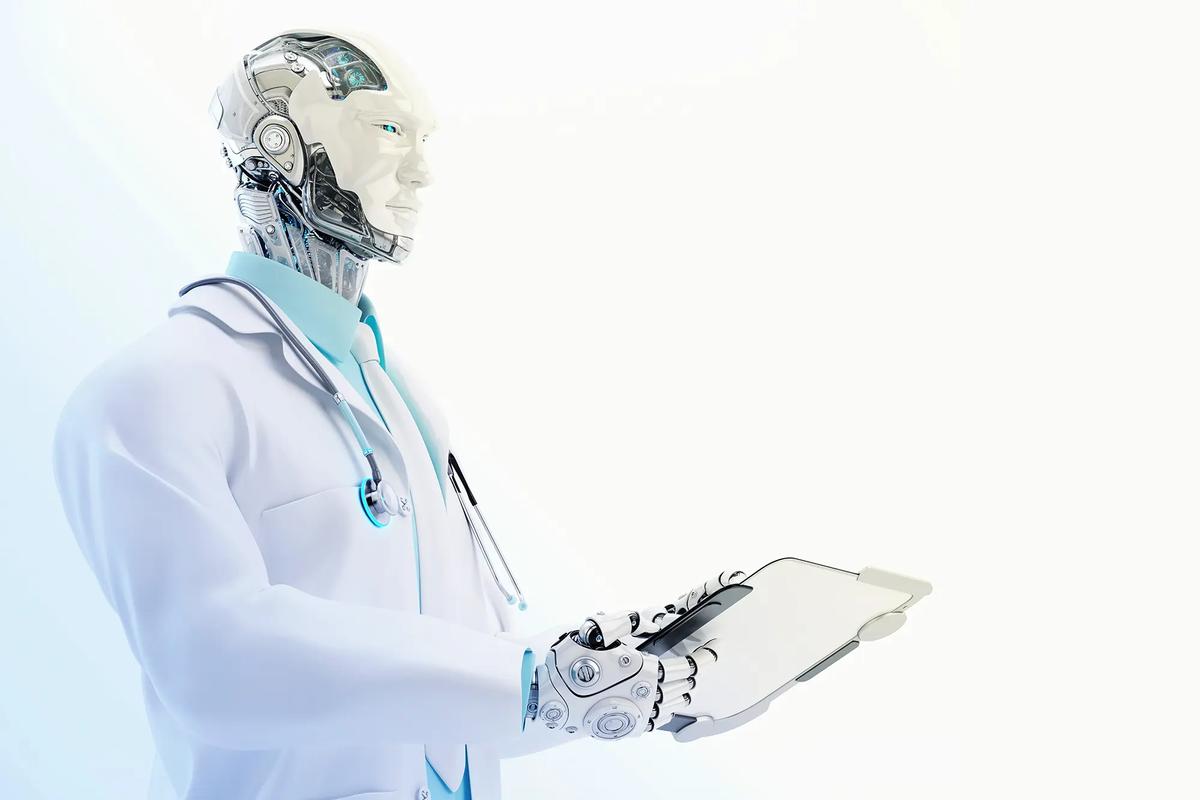
Artificial Intelligence (AI) and automation are emerging as transformative forces in the education space. Through AI-driven simulations and virtual reality environments, learners are immersed in realistic scenarios, enriching their training experiences. These cutting-edge technologies facilitate the replication of intricate medical situations, providing a safe space for hands-on practice and experimentation. Complementing this, automation is revolutionising the administrative facets of education, liberating educators from mundane tasks and allowing them to dedicate more time to teaching The integration of AI and automation isn't merely improving educational standards; it's fundamentally reshaping the very essence of learning itself
www.CXOTechBOT.com 45
Digital Upskilling
BlendedLearning:Harmonising TraditionalandDigitalEducation
The adoption of blended learning methodologies is swiftly gaining momentum in healthcare education This innovative approach seamlessly intertwines online digital media with traditional classroom techniques, offering a comprehensive educational experience. By amalgamating the flexibility of online learning with the invaluable personal interaction and tactile learning of in-person training, blended learning presents a harmonious synthesis. Particularly in healthcare, where practical skills and interpersonal dynamics are paramount, this hybrid model proves exceptionally effective. Furthermore, blended learning accommodates diverse learning styles, tailoring education to individual needs and thereby enhancing its overall efficacy and impact.
PreparingforaDynamicFuturein HealthcareEducation
As the healthcare landscape undergoes
shifting technologies and evolving patient demands Embracing digital upskilling isn't merely a matter of staying relevant; it's about proactively equipping oneself for the challenges that lie ahead The healthcare sector must prioritise investments in digital education tools and platforms, ensuring that its workforce remains adept with the requisite knowledge and skills to deliver optimal care.
ChampioningLifelongLearningin Healthcare
The trajectory of healthcare education is intimately intertwined with the progress of digital innovation Embracing digital upskilling is imperative for healthcare professionals to uphold competency and responsiveness amidst the dynamic healthcare landscape As we gaze into a future marked by increasingly intricate healthcare dilemmas, the significance of continuous learning and adaptability cannot be overstated In this digital epoch, a steadfast dedication to lifelong learning emerges as the defining characteristic of d t d i t h lth
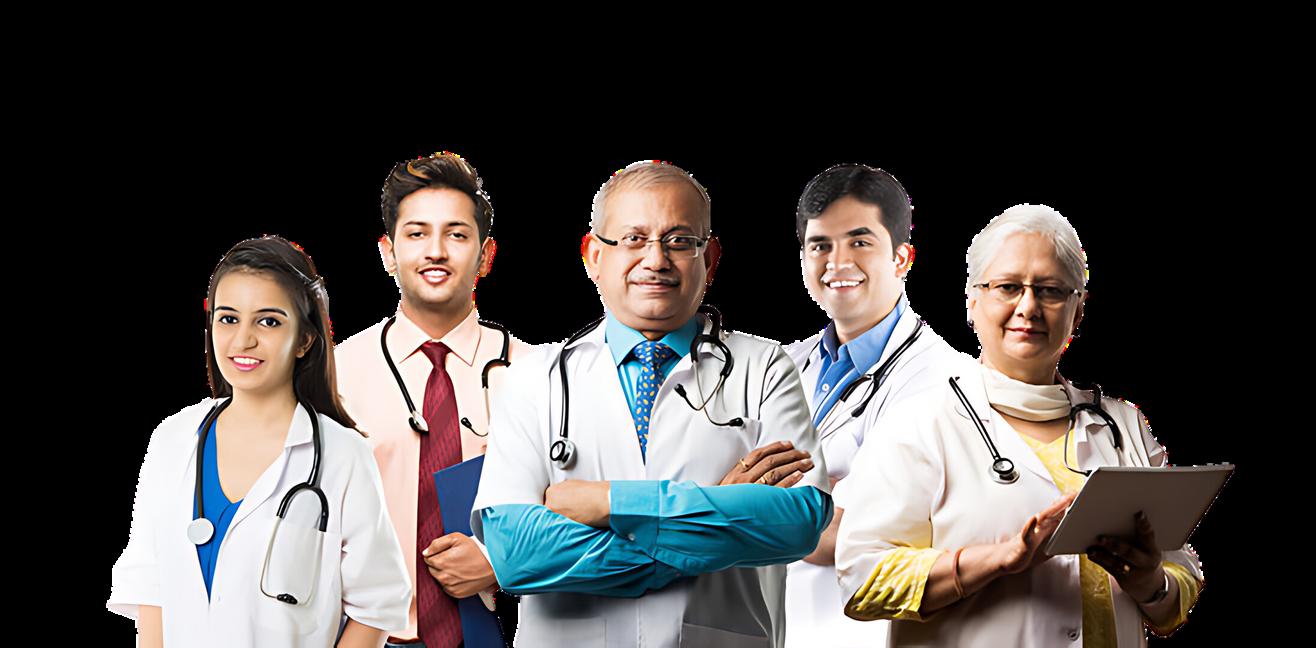

Digital Upskilling April 2024 46
Decoding FHIR Standards
Introduction
FHIR stands for Fast Healthcare Interoperability Resources. FHIR provides a standardized way for systems to exchange medical information With FHIR, patient data can be shared seamlessly between electronic health records, apps, wearable devices, and more As an example, FHIR can enable a hospital’s EMRs and its mobile health apps, to communicate seamlessly and share patient data in a consistent format This interoperability is crucial for unlocking the full potential of HealthTech innovation, allowing for more personalized care, better data analytics, and improved decision-making across the healthcare ecosystem. With the ease of interoperability that FHIR brings to the table and security by design from inception of the standard, FHIR standards are poised to play ever growing significant role in HealthTech future growth story Let us look how it got started
Ensuring Secure Data Exchange in Healthcare Systems
EvolutionofFHIR
First deliberations on FHIR standards started around 2011 when the Health Level Seven International (HL7) organization recognized the need for interoperability in a modern connected world which needed to be faster and easier in supporting a web-friendly approach for healthcare Thus began FHIR In a couple of years, around 2014, recognizing the potential, serious work was initiated by the HL7 community With its simple and flexible approach, it encouraged new HealthTech innovations enabling more apps come into play than ever before. 2017 was a seminal year when FHIR was officially recognized as a standard by HL7. It became the go-to framework for healthcare interoperability thus paving the way for various players in HealthTech such as EHR vendors, start-ups, and healthcare providers to seamlessly share data. Since then, new versions and updates have been released that continue to power this innovation cycle making it easier than ever for different systems to exchange health data securely and efficiently.





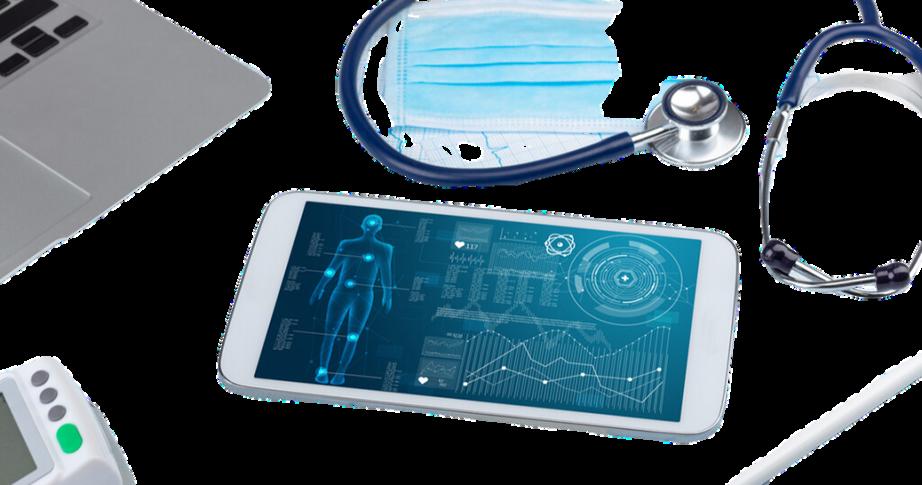
Trailblazer www.CXOTechBOT.com 47
JourneyfromHL7toFHIR
HL7 Version 2 and HL7 Version 3 were the standards followed by HealthTech prior to the advent of FHIR. Credit must be given to the foresight of the HL7 versions for enabling health data exchange but they had limitations. To start with, they were complex making it difficult to implement, and lacked the flexibility needed which hindered innovation As with any version, HL7 Version 2 was able to get the job done but lacked elegance and efficiency and became outdated soon hence came HL7 Version 3. It was an improvement no doubt, but it was like trying to fit a square peg into a round hole, it was just not enough for the fast-paced world of digital health that demanded fresh thinking and approach. Thus was born FHIR which by design had to cater to mobile apps, wearable devices, and cloud computing. Now there were diverse stakeholders that needed interoperability and required data, which were earlier locked in silos, to be made available across the value chain with ease. It addressed the shortcomings of its predecessors by
AdvantagesofFHIR
With simplicity and flexibility as its cornerstone, FHIR has proved its value and significance to HealthTech. The developer community loves it because it is easier to understand hence easier to build or implement interoperable solutions. This made development cycles shorter and to bring solutions to the market new products and services quicker. The standard is, in other words, a common language for systems to communicate By providing this common language for different systems to communicate, broke many data silos and promoted data exchange This availability of data across systems, no matter the place of origin, led to better care coordination and improved patient outcomes Further, FHIR supports a wide range of data types such as demographics to clinical parameters and notes, prescribed medications, treatment plans, procedures etc to name a few
FHIRandSecurity
Security and privacy are top priorities for






Trailblazer April 2024 48
data is exchanged using HTTPS protocol which is the same secure protocol used by banking or shopping applications. This level of encryption when the data travels between a source and destination ensures privacy protection and patient confidentiality This makes it virtually impossible for a hacker to intercept and decipher For the verification between source and destination, it uses OAuth authentication mechanism which acts as a gatekeeper, only allowing what is verified while blocking unverified requests This level of granular access control further allows for tracking and monitoring of various access requests and take necessary steps as required FHIR also supports auditing capabilities which is like having a digital surveillance capability keeping a strict and watchful eye who is accessing patient data and flagging any suspicious activity detected of breach attempt and unauthorized access. Security protocols of FHIR are continually evolving making it a future-proof choice for HealthTech innovation.
ChallengesinAdoption
Organizations with legacy systems may find FHIR a bit complex which they could mitigate by training their IT staff which enhances their skills and knowledge to implement FHIR effectively Additionally, adopting middleware solutions like APIs can assist as well. Though FHIR is a standard, often the implementation itself is not standardized which could be an area of improvement Here best practices and guidelines are sorely missed and are required.
While security is a cornerstone of FHIR, It cannot solve the entire security posture for data protection. Hence robust security measures are necessary along with periodic audits and reviews Healthcare being a regulated sector, it is necessary to stay informed of the regulatory requirements such that proper implementation takes place Lastly, there is always resistance to change and many will not move at speed which is necessary to adopt FHIR and it may be required to build and showcase success stories and bring about the transformation that FHIR can bring.
Conclusion
With continuous growth and innovation, the future of FHIR is bright and is poised to play a significant role in the digital transformation journey of the healthcare industry. It enjoys significant support from all stakeholders where collaboration and interoperability are the key mantras. As FHIR adoption further matures, we will see more sophisticated use cases and applications to improve patient satisfaction, engagement and safety which will further fuel the innovation cycle and pursuit of growth and efficiency



Trailblazer www.CXOTechBOT.com 49
Sumit Singh Founder&CEO,TimusSolutions


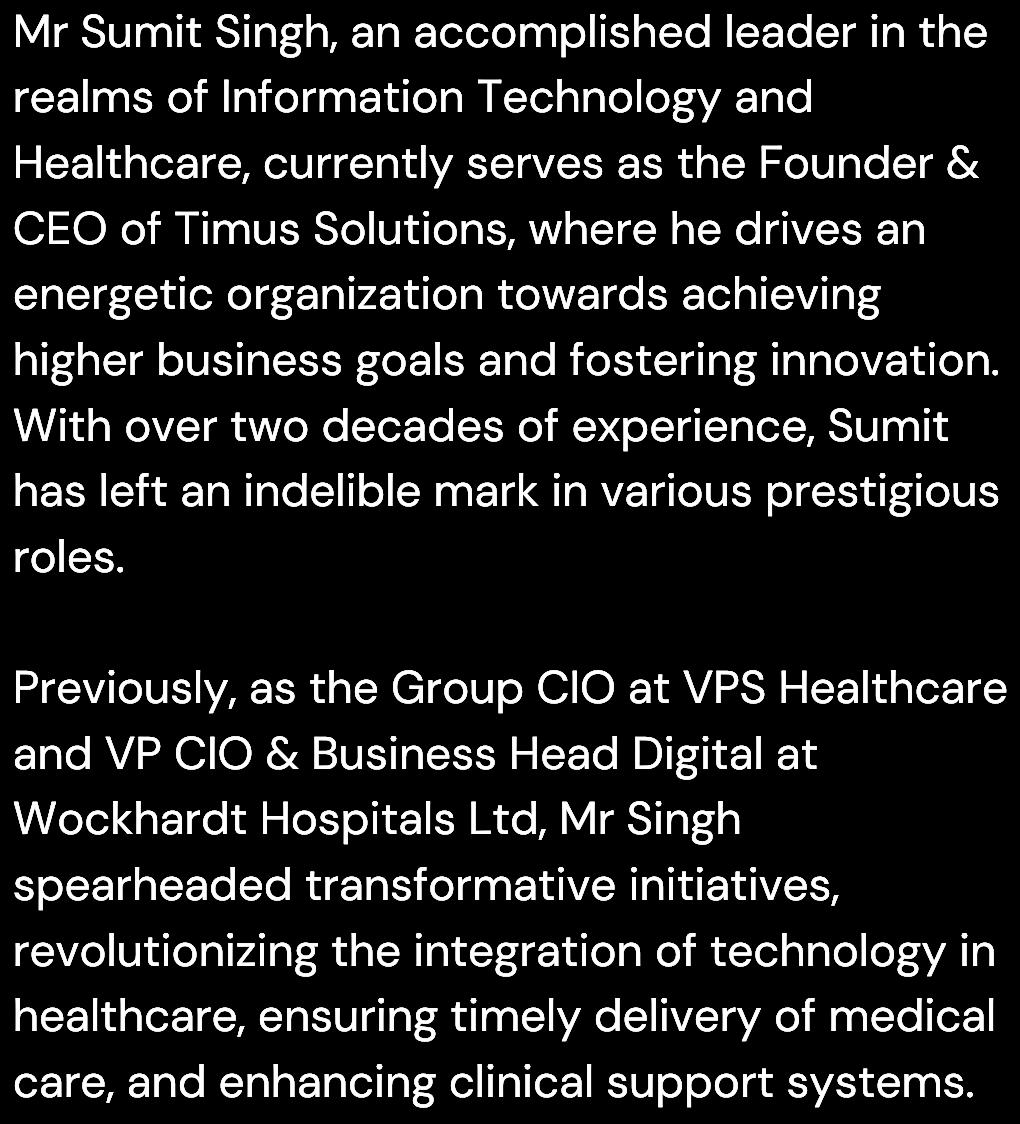
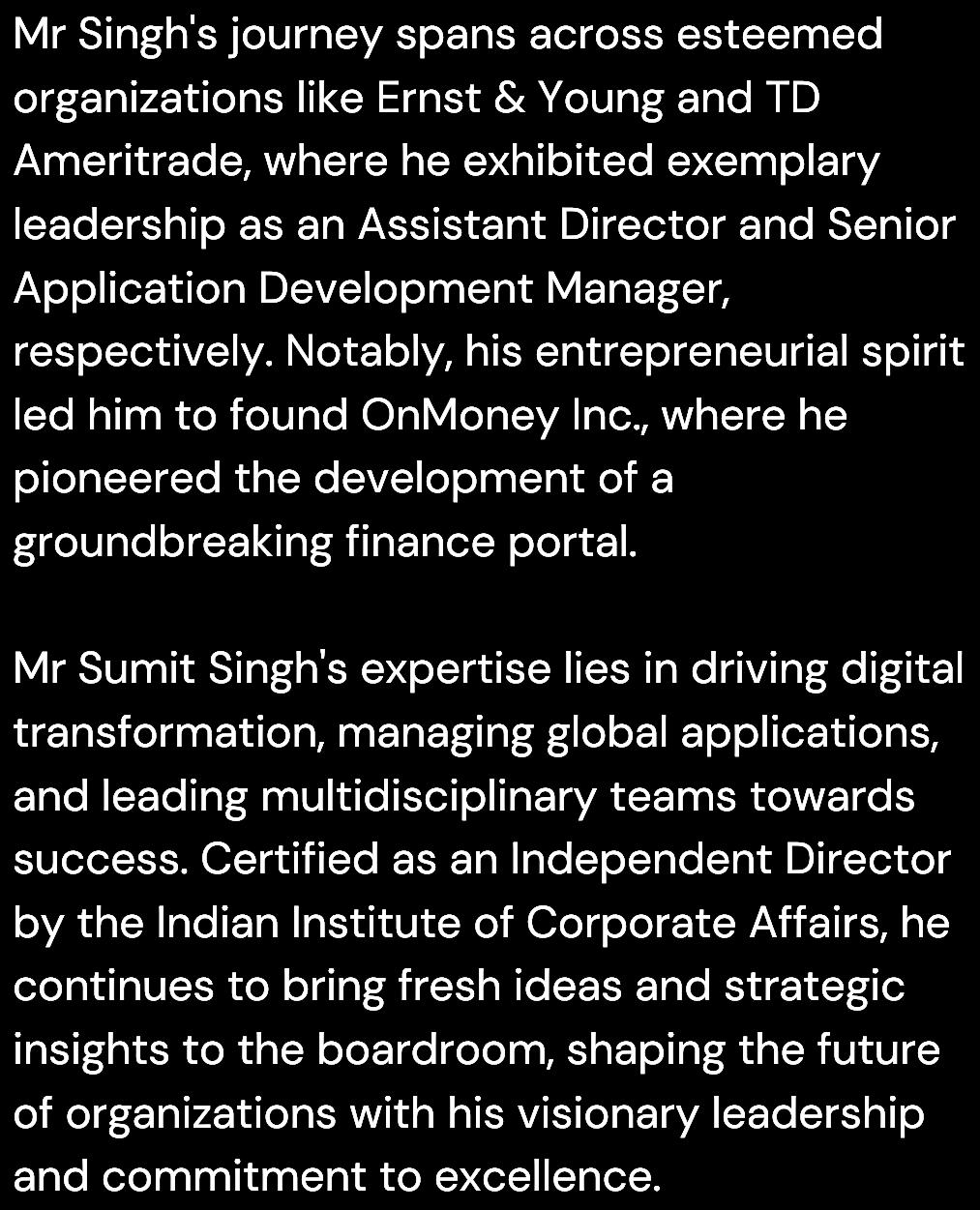
Trailblazer April 2024 50
Revolutionising PatientCare
TheImpactofDigitalTransformationinHealthcare
The integration of digital technology in healthcare, propelled by telemedicine, patient lifecycle management, and wearable devices, has ushered in a new era of patient care This article delves into the profound impact of digital transformation on healthcare delivery, exploring its benefits and implications for both patients and healthcare providers
The palliative care market in India is forecasted to experience significant growth, with projections indicating an increase from $237.87 million in 2022 to US$548.19 million by 2030 This growth trajectory reflects a notable compound annual growth rate (CAGR) of 11% during the forecast period of 2022-2030.
Over the past decade, India has demonstrated a gradual expansion in its healthcare spending, reflecting a commitment to support its burgeoning population Notably, healthcare expenditures rose from 2 95% of GDP in 2018 to 3.01% in 2019, underscoring the nation's evolving healthcare landscape and increasing focus on addressing healthcare needs. (source)
Telemedicine:RedefiningAccesstoCare
Telemedicine and telehealth services have emerged as invaluable tools in modern medical care. These services encompass a broad spectrum of health and technology applications, facilitating remote clinical services and patient care.

According to a recent report by Business Wire, the global market for remote patient monitoring reached a valuation of US$1,866 million in 2021, with projections indicating a substantial growth to US$8,451 million by the year 2031 From virtual medical appointments to the management of chronic conditions, telemedicine offers a convenient and accessible avenue for healthcare delivery. Particularly beneficial for patients in remote areas, virtual visits not only reduce healthcare costs but also enhance patient engagement and satisfaction By bridging geographical barriers and providing flexibility in appointment scheduling, telemedicine revolutionises access to quality healthcare

Five Minutes With www.CXOTechBOT.com 51
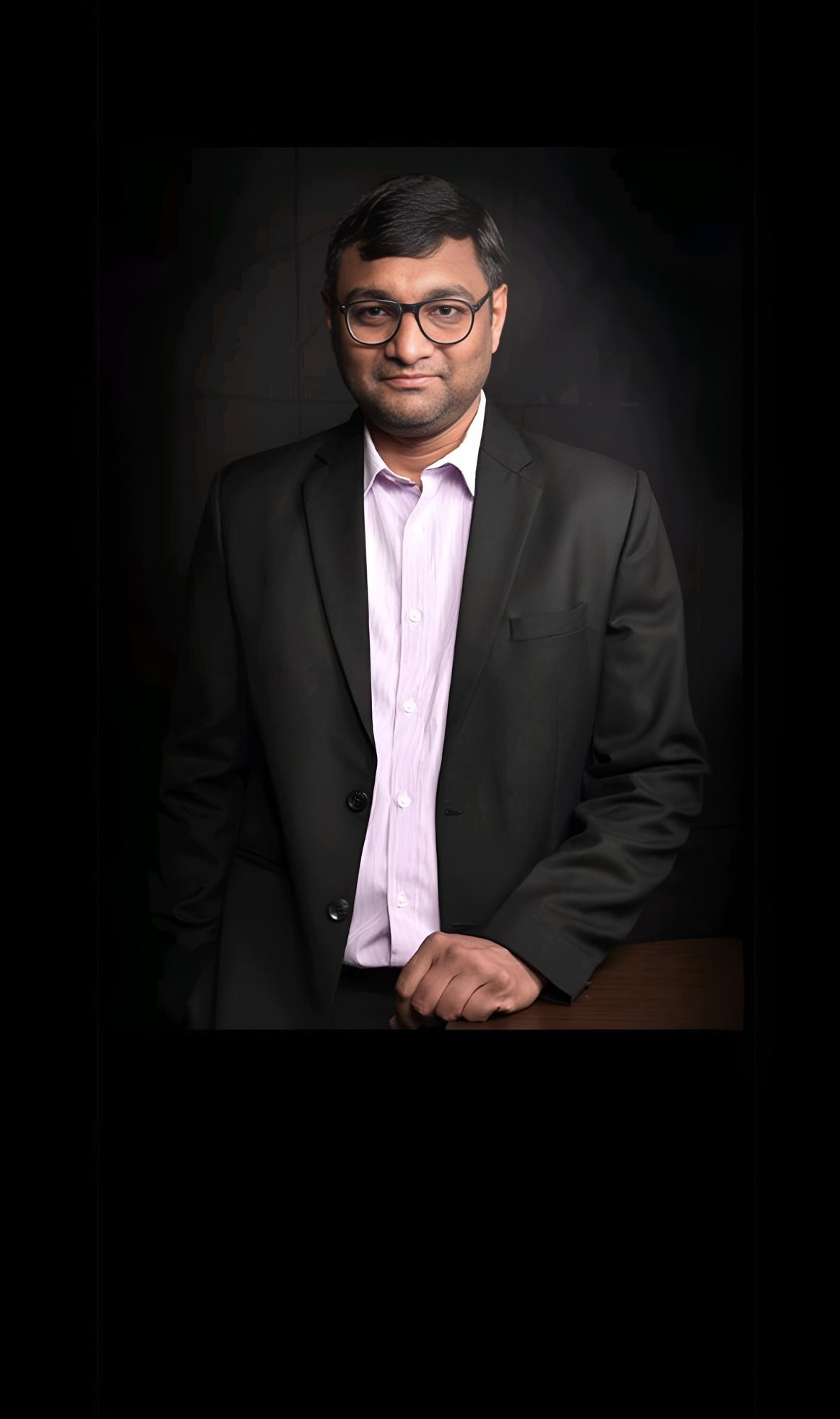
Digitaltransformationinhealthcareis notjustabouttechnology;it'sabout empoweringpatients,optimizing experiences,andrevolutionizingcare deliveryforahealthierfuture. - Dr.MakarandSawant
Five Minutes With April 2024 52
PatientLifecycleManagement: OptimisingPatientExperiences
Patient lifecycle management stands at the forefront of delivering personalised and streamlined healthcare experiences This comprehensive approach encompasses quality clinical care, personalised attention, and
seamless patient engagement between appointments. Through electronically managed records and centralised information systems, healthcare providers gain access to up-to-date patient information, leading to more informed decision-making and improved care outcomes Patients benefit from smoother experiences, reduced uncertainty, and enhanced communication with their healthcare providers By understanding the entirety of a patient's health picture, providers can offer tailored care strategies and achieve better disease management outcomes
WearableDevicesandRemote Monitoring:EmpoweringPatientsand Providers
The rapid advancement of wearable devices and remote monitoring technology heralds a paradigm shift in healthcare management
These devices offer real-time monitoring of physiological parameters, ranging from activity levels to vital signs, enabling early detection, diagnosis, and disease management
Wearable devices equipped with health sensors are revolutionising healthcare and empowering consumers to take proactive control of their well-being. In 2022, the Indian wearable market experienced a remarkable year-on-year (YoY) growth of 46.9%. This impressive trajectory surged even further in Q1 2023, soaring to 809%, with a staggering 25.1 million wearable units shipped in the first quarter alone The market remained in alignment with IDC's forecast, showcasing a robust 53.3% year-on-year (YoY) growth in the initial half of 2023, with a total shipment of 57.8 million units. (source)
This substantial increase reaffirms the upward trajectory of the wearable technology market, underscoring its growing prominence and widespread adoption across various consumer segments This exponential rise underscores the burgeoning popularity and rapid adoption of wearable technology among


Five Minutes With www.CXOTechBOT.com 53
Indian consumers, marking a significant shift in health and lifestyle management practices, and shaping the future of healthcare delivery and individual health management
With the integration of artificial intelligence (AI) and machine learning, wearable devices can analyse vast amounts of data to identify patterns and provide personalised insights into health behaviours From tracking physical activity to monitoring medication adherence, wearable devices empower patients to take control of their health while providing healthcare providers with valuable insights for proactive intervention and personalised care
WayForward
As digital transformation continues to reshape the healthcare landscape, its impact on patient care cannot be overstated From telemedicine and patient lifecycle management to wearable devices and remote monitoring, digital technologies offer unprecedented opportunities to enhance access, optimise experiences, and empower both patients and healthcare providers By embracing these innovations, the healthcare industry can pave the way for a future where personalised, efficient, and patient-centric care is the norm, revolutionising the way we approach healthcare delivery and management.




Five Minutes With April 2024 54





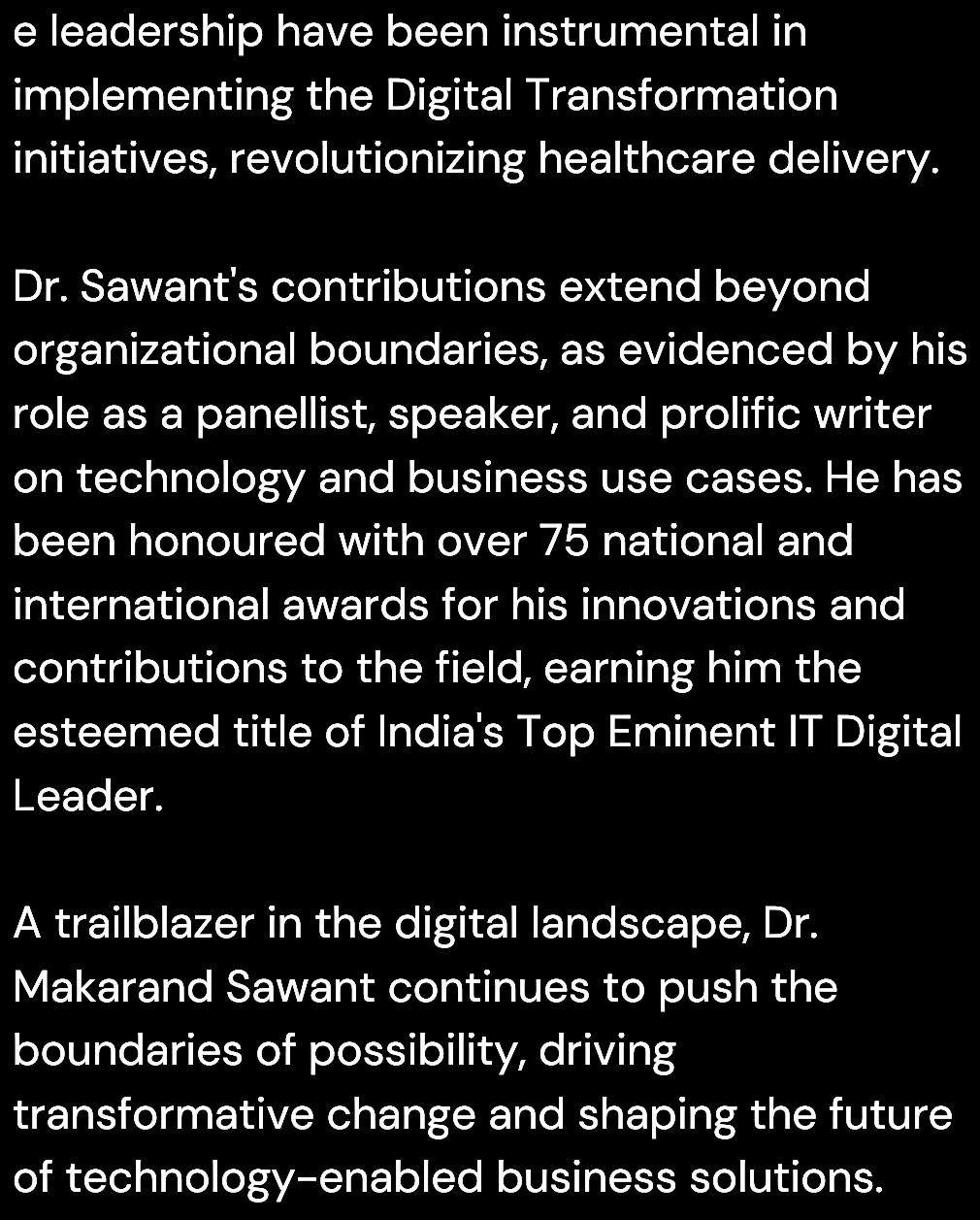
Five Minutes With www.CXOTechBOT.com 55

COMINGSOON
Birlamedisoft
EmpoweringHealthcarewithScalable Client-Server&Web-BasedSolutions
Birlamedisoft, headquartered in Pune, India, has been operational since 2001, with nearly two decades of experience in leveraging technological advancements to revolutionize healthcare infrastructure Specializing in client-server, web, and cloud-based healthcare software solutions, Birlamedisoft optimizes care delivery, administration, and data management to empower hospitals and healthcare institutions. Their scalable and secure offerings enable improved efficiency, safety, compliance, and patient throughput
Driven by a vision to be a trusted leader in the healthcare industry, Birlamedisoft pioneers groundbreaking software suites tailored for hospitals, laboratories, blood banks, and imaging centers
Their flagship product, Quanta V5 0 Hospital Management software suite, transforms healthcare environments by digitizing operations and enhancing diagnostics, administration, and clinical capabilities globally.


Ibelieveincreatingsoftware solutionsthatempowerfellow cliniciansandhealthcare providers.Ourgoalisto developefficientand affordabletechnologiesthat enhancepatientcareand supporthealthcare professionalsintheirdaily practice.




-Dr.UpmaJain


Under her leadership, Birlamedisoft has developed user-friendly and versatile web-based Hospital Information Management Systems (HIMS) like Quanta V5 0 WebHIMS, digitizing large-scale hospitals and clinics for streamlined operations, enhanced administration, improved patient care, and cost control Moreover, Birlamedisoft has expanded its expertise to encompass projects focused on occupational health
Healthtech April 2024 56
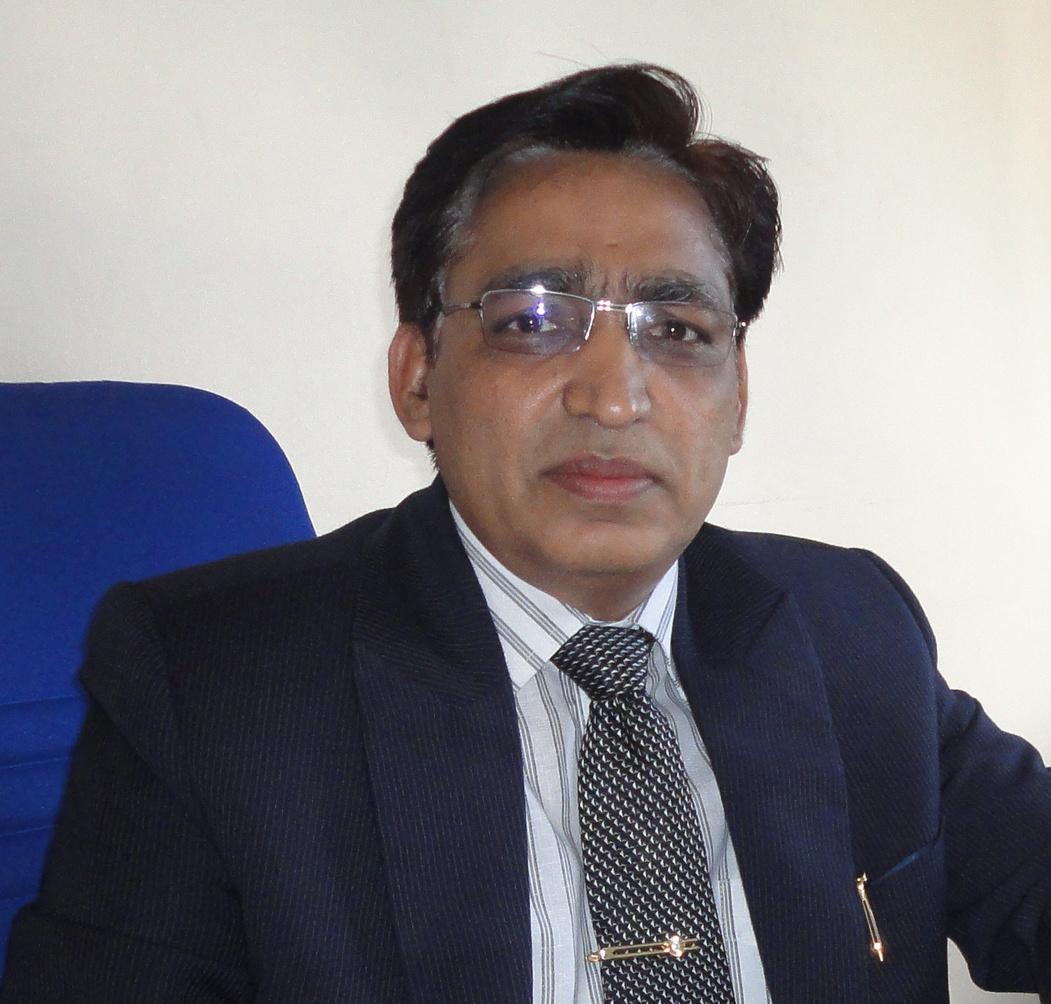

Healthtech www.CXOTechBOT.com 57
Shrinivas Birla Chairman&CEO,Birlamedisoft

centers and medical campuses, enhancing workplace safety and healthcare management. With specialized software solutions, Birlamedisoft optimizes operations and regulatory compliance within these critical environments, reflecting its commitment to comprehensive healthcare solutions tailored to diverse industry needs.
EnhancedHospitalInformation ManagementwithQuantaV5.0
WebHIMS
Over the past decade and a half, under the direct supervision of Dr. Upma Jain, Birlamedisoft has developed cutting-edge web-based healthcare products aimed at preventing data loss and improving diagnostic capabilities through comprehensive health record management To ensure seamless access to critical information anytime, anywhere, Birlamedisoft offers Quanta V5.0 WebHIMS, a fully online, cloud-based Hospital Information Management System (HIMS) designed to digitize large-scale hospitals (100 beds & above), connected clinics, and their branches Quanta V5 0 WebHIMS boasts an array of exhaustive modules, making it userfriendly, highly versatile, quick to install, bilingual, and entirely database-driven This innovative system optimizes operations, enhances administration and control, improves response to patient care needs, facilitates cost control, and boosts overall profitability within healthcare organizations.
RevolutionizingLaboratoryand BloodBankManagement
Addressing the critical need for efficient laboratory management, Birlamedisoft offers powerful online Web & Cloud-based solutions The Laboratory Information Management System (LIMS), namely Birlatech PathoGold, PathoGoldCloud, and Maxim-LIS, empowers pathology labs and diagnostics centers to streamline reporting processes, ensure regulatory compliance, and foster enterprisewide collaboration. PathoGoldCloud & MaximLIS are versatile state-of-the-art solutions tailored for various laboratory disciplines and industries, with successful implementations globally in clinical, analytical, and biotech sectors
In addition, Birlamedisoft has ushered in a new era of blood bank management with its Blood Bank Management System (BBMS), NetBloodBank V2.0. This fully online Web & Cloud-based solution handles all aspects of blood bank operations, including donor record management, patient management, component tracking, cross-matching, billing, inventory control, and statutory reporting compliant with FDA guidelines
“Our greatest achievement lies in enhancing healthcare services and improving life expectancy across India, Southeast Asia, Africa, the Middle East, and Europe," affirms Dr. Upma As Birlamedisoft prioritizes national health and safety, the company is committed to forging partnerships with local health organizations worldwide to promote global health initiatives in the years to come

Healthtech April 2024 58
Clientele
Birlamedisoft's client base encompasses a diverse range of industries and geographies. This includes serving prominent entities such as Ultratech Cement Works and Tata Power, with multiple branches, the Department of Health Telangana State, government hospitals in Kenya and Papua New Guinea, and the British Telecom SOS project operating clinics across East Africa. Additionally, Birlamedisoft caters to healthcare facilities such as Markandeya Hospital in Solapur, Green City Hospital in Noida, Lifeline Hospital in Azamgarh, and numerous other hospitals, pathology laboratories, and diagnostics centers both in India and internationally. Birlamedisoft's global clientele includes Amanullah Khan Military Hospital in Afghanistan, Al Kafeel Hospital in Iraq, Saeeda Corporation Iraq, Minjirya Healthcare Nigeria, and many more clients Moreover, Birlamedisoft serves corporate clients like Ambuja Cements Ltd, Bank of Uganda, Prism Cement, Tata Power, Ultratech Cement, Chevron Inc, Kuwait, and many others, reflecting a diverse portfolio of clientele.
This extensive network underscores Birlamedisoft's expertise in healthcare, biotech, and corporate sectors, showcasing engagements with multinational corporations, government bodies, and healthcare providers across continents. It reflects our commitment to delivering specialized services and solutions tailored to diverse industries and regions, demonstrating a robust and versatile client base that continues to grow and diversify
LatestDevelopmentsat Birlamedisoft
To carry forward Birlamedisoft's legacy, Ms Isha Birla, the newest addition to Birlamedisoft, has assumed responsibility for leading Birlamedisoft's presence in the USA market Currently, Birlamedisoft is in advanced discussions with several USA companies for joint ventures and collaborations The company is enthusiastic about discussing collaborations with likeminded companies worldwide.
AboutBirlamedisoft
Birlamedisoft specializes in providing web and cloud-based software solutions tailored for the healthcare industry, offering Electronic Medical Records (EMR)/Electronic Health Records (EHR) systems, hospital management software, and solutions for laboratories, diagnostics centers, and blood banks.
Birlamedisoft'sOfferings
Birlamedisoft offers a comprehensive suite of scalable and user-friendly solutions, including hospital management systems and ERP systems tailored for the healthcare industry. With a strong knowledge of the IT and healthcare field, the company is committed to partnering with healthcare organizations to implement efficient technology solutions that impact patient care and improve hospital management.

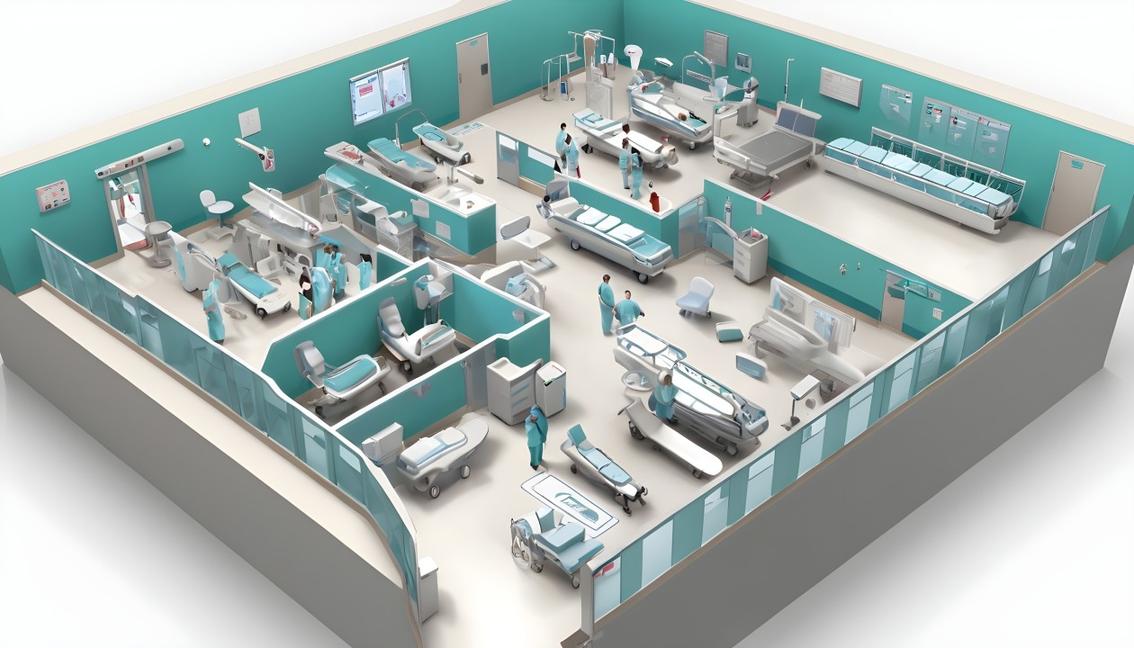

Healthtech www.CXOTechBOT.com 59


Healthtech April 2024 60
Dr. Upma Jain ManagingDirector,Birlamedisoft

ExploringIndia'sMedicalTourism andTransformativeHealth TechLandscape
India's medical tourism sector has experienced rapid growth in recent years, evidenced by a significant rise in foreign visitors from 183,000 in 2020 to 304,000 in 2021 Projections indicate that the medical tourism market is poised for continued expansion, with an expected Compound Annual Growth Rate (CAGR) of over 20% between 2023 and 2027 This growth trajectory is anticipated to propel the market value to more than US$35 billion, a substantial increase from its current standing at US$6 billion.
India has been attracting patients globally with its combination of top-notch healthcare services and affordability. This trend underscores the country's robust healthcare infrastructure and its growing prowess in health technology. In this article, we explore t
MedicalTourisminIndia:AGlobalHub
India's medical tourism industry has witnessed meteoric growth, driven by a confluence of factors including affordability, internationally accredited hospitals, skilled medical professionals, and diverse treatment options. Patients from across the globe, spanning from the United States and the United Kingdom to the Middle East and Africa, flock to India for a spectrum of procedures encompassing cardiac surgeries, orthopaedic treatments, cosmetic surgeries, and infertility treatments. he interplay between medical tourism and transformative technology in India's healthcare sector. Let’s delve into the symbiotic relationship between medical tourism and transformative technology in India's healthcare sector.





MediTech April 2024 62
One of the pivotal advantages of medical tourism in India lies in its substantial cost savings compared to Western countries On average, medical procedures in India are substantially more affordable, typically ranging from 60-90% lower than comparable procedures in the United States, all while maintaining high standards of quality. For instance, a heart bypass surgery that might cost upwards of $100,000 in the U.S. could be performed for as little as US$5,000 in India. This affordability, complemented by topnotch healthcare services, renders India an irresistible destination for patients seeking treatment abroad
TransformativeTechnologyinIndian Healthcare:RevolutionizingPatient Care
India's healthcare landscape is undergoing a technological revolution, with innovations reshaping patient care, diagnosis, and treatment modalities. Technology is redefining the healthcare paradigm in the country.
Telemedicine platforms have gained traction, particularly in rural and remote areas, where access to healthcare services is scant These platforms facilitate remote consultations with doctors, enabling timely diagnosis and treatment interventions Moreover, wearable devices armed with sensors enable continuous monitoring of vital signs, empowering individuals to take proactive measures towards their health.
AI and machine learning algorithms are revolutionizing medical imaging analysis, predictive analytics, and personalized medicine. These technologies enhance diagnostic precision, optimize treatment strategies, and augment patient outcomes Additionally, robotic-assisted surgeries empower surgeons to execute intricate procedures with precision and minimal invasiveness, thereby reducing recovery durations and hospital stays.




MediTech www.CXOTechBOT.com 63
The integration of blockchain technology in healthcare is also gaining momentum, offering solutions for secure medical data exchange, patient consent management, and supply chain transparency Blockchain ensures data integrity and privacy, assuaging concerns about unauthorized access and data breaches
Generative AI democratizes access to AI applications by generating synthetic data, facilitating the development of healthcare chatbots and virtual assistants. This enhances patient care through swift interpretation of results and personalized treatment recommendations
Telehealth advances with remote consultations and IoT devices for remote patient diagnosis and monitoring. Virtual hospital wards promise centralized patient monitoring in their homes
Digital twins optimize healthcare processes by replicating medical devices and simulating facility operations while enhancing personalized medicine by modelling treatment impacts
Robust cybersecurity measures, powered by AI/ML and blockchain, safeguard patient data integrity and privacy in the digitized healthcare landscape.
Virtual healthcare assistants streamline operations and improve patient engagement by offering personalized advice and seamless access to electronic health records.
TheFutureOutlook:Navigating ChallengesandSeizingOpportunities
As India continues to invest in healthcare infrastructure and embrace technological innovations, the future outlook for medical tourism and health tech innovation appears propitious Collaborations between healthcare providers, technology firms, and governmental
Medical Extended Reality (XR), including AR and VR, revolutionizes surgical precision, chronic pain management, and wound care assessment, shaping the future of complex surgeries and telesurgery agencies are fostering an ecosystem conducive to growth and innovation
Conclusion:PioneeringaFutureof GlobalHealthcareExcellence
However, challenges such as regulatory frameworks, data privacy concerns, and equitable access to healthcare persist Addressing these challenges will be pivotal in sustaining the momentum of medical tourism and harnessing the full potential of transformative health technologies in India. India's ascent as a premier destination for medical tourism is intricately intertwined with its transformative health technology landscape The convergence of affordable healthcare services, cutting-edge technology, and proficient medical professionals has positioned India as a global frontrunner in the healthcare sector. As the country continues to leverage technology to augment healthcare delivery and outcomes, it holds vast potential to shape the future of medical tourism and redefine standards of care on a global scale
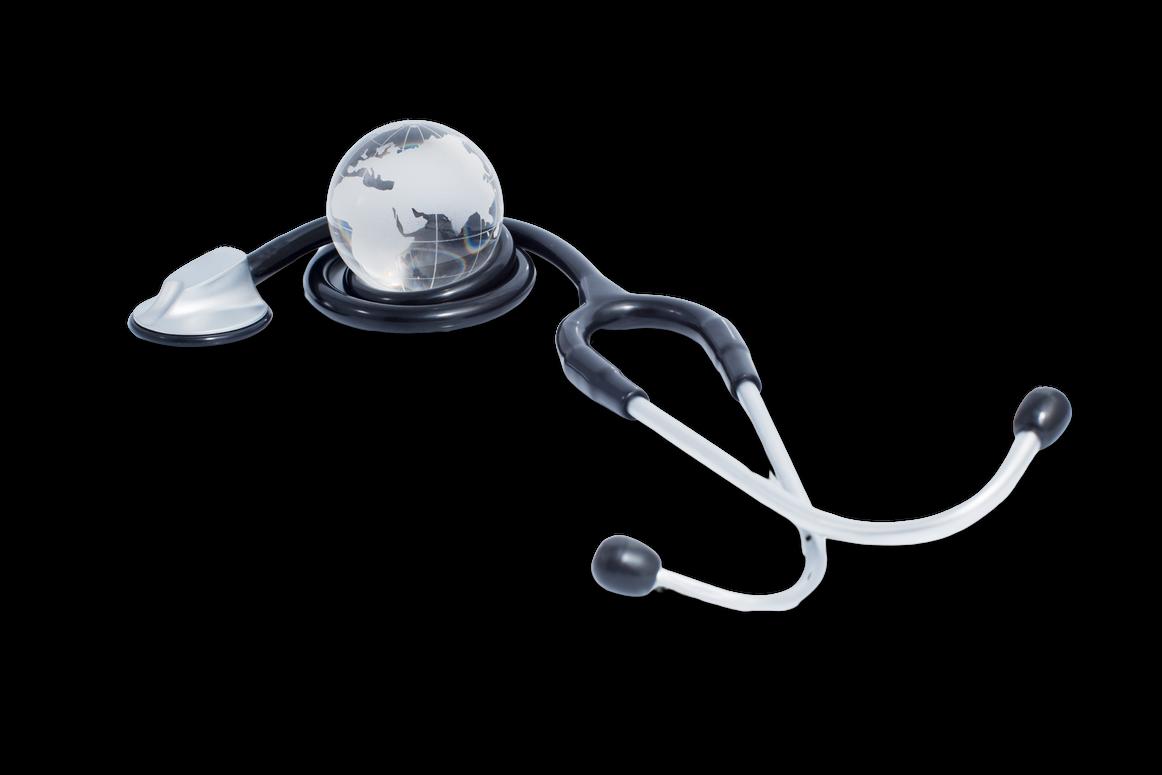
MediTech April 2024 64


Fuel your fascination with the universe and embark on an interstellar adventure with Space TechBot, the ultimate digital magazine for space enthusiasts like you!
UNVEIL THE UNIVERSE
Unmatched science reporting
Immerse in breathtaking celestial images
Master the skies with complete coverage and observing tips
Embark on a Journey of Discovery!
Dive deep into exclusive interviews with scientists and astronauts, gaining insights into the mysteries of the cosmos.
Join us today at www.cxotechbot.com and prepare for liftoff…
Become a part of this celestial Journey!!
Explore the cosmos like never before!


Introducing
COMING SOON
How SIEM Tools Fit Into the Security Strategy of a Healthcare Organisation
In the high-stakes arena of cybersecurity, every day presents a new challenge, a fresh test of resilience. For Richard Kaufmann, assuming the mantle of Chief Information Security Officer (CISO) at a leading home healthcare services provider, the first 90 days proved to be a baptism by fire. The heart of the organisation's security infrastructure, the Security Information and Event Management (SIEM) system, unexpectedly crashed.
SIEM stands as the bedrock, the core foundation of any resilient security framework As Kaufmann reflects on his experience, the absence of our primary security beacon plunged us into uncharted waters, a disquieting reality to confront
Yet, adversity often serves as a crucible for transformation Rather than succumbing to panic, the executive echelons of Amedisys perceived this setback as a clarion call for evolution. "The leadership team was cognizant of the cyber landscape and astute enough to recognise an opportunity amidst the chaos," Kaufmann recounts, his eyes gleaming with determination.
In a decisive move, Amedisys resolved to transcend the shackles of the past, embracing innovation as its guiding star. Enter Rapid7 – the chosen harbinger of change, the beacon illuminating the path towards fortified defences. With
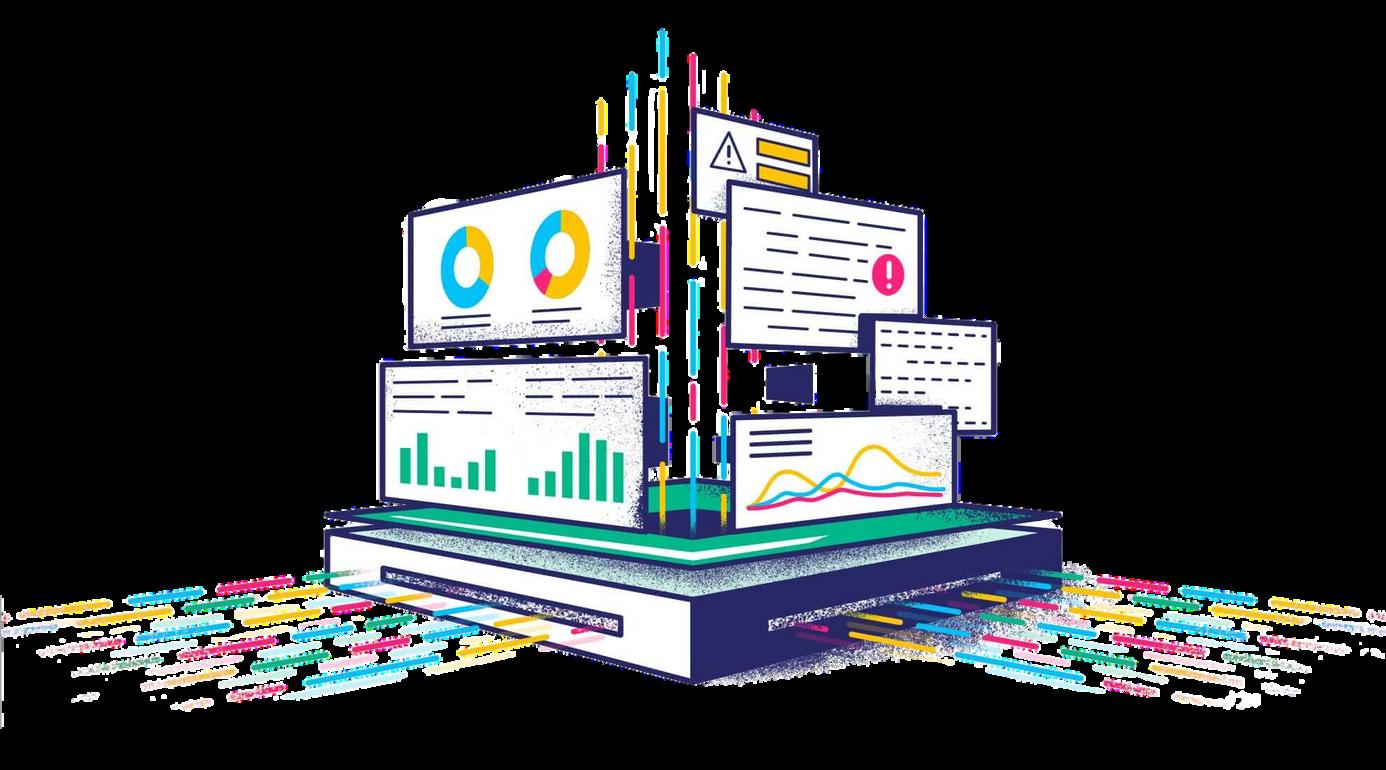

Security April 2024 66
Rapid7's cutting-edge SIEM platform, Amedisys was bestowed with a singular source of truth, a panoptic lens into the labyrinth of digital threats. Over the following five years, the organisation dedicated efforts to fortify its security strategy
EnhancingHealthcareSecurity: TheRoleofSIEMTools
Healthcare security demands nothing less than thorough and all-encompassing defence measures. One key solution that has emerged to address this need is the Security Information and Event Management (SIEM) tool. According to the National Institute of Standards and Technology, SIEM is an application designed to gather security data from various system components and present it in a unified interface for actionable insights
SIEM's primary advantage lies in its ability to consolidate security telemetry. Instead of managing separate tools for identity, endpoint, network, and email security, SIEM brings all this information together, offering a more streamlined approach for security teams
The true strength of SIEM, as highlighted by Abraham, is its capacity for correlation By integrating data from different security sources, SIEM helps teams identify patterns and connections that might otherwise go unnoticed For instance, a login attempt on a specific device tied to a particular user ID becomes part of a larger security incident, rather than being viewed in isolation
The limitations of relying solely on endpoint security tools While these tools provide valuable insights into individual devices, they may not offer a holistic view of an organisation's overall security posture. In Kaufmann's words, without the SIEM system, it's easy to overlook the broader security landscape.
TheRoleofSIEMastheFirstLine ofDefence
Integrating the SIEM tool into the defence arsenal of healthcare organisations often involves coupling it with managed services provided by their selected vendor
These services come in various forms. In regions where skilled cybersecurity professionals are scarce, some organisations may opt for a fully managed SIEM solution. Alternatively, others might utilise managed services to complement their in-house expertise, particularly for tasks such as threat detection and response
While having talented individuals is valuable, relying solely on a single expert is insufficient Instead, organisations need a collaborative effort to ensure business continuity and effectively safeguard their assets against evolving threats.
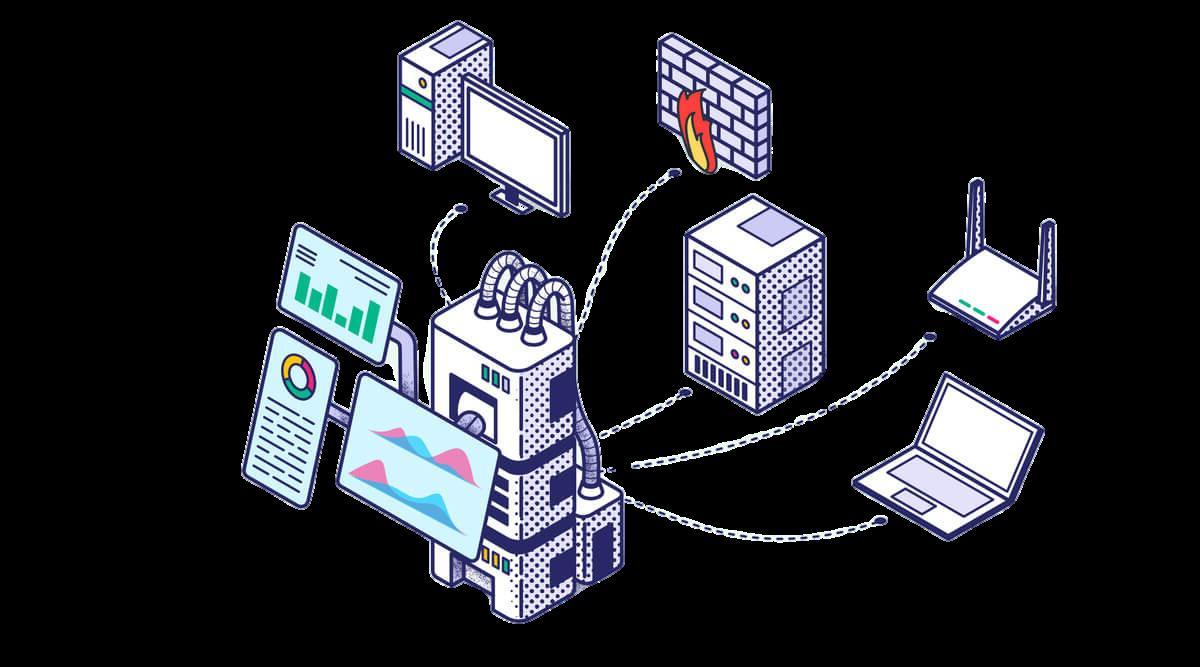

Security www.CXOTechBOT.com 67
TheRoleof EmergingTechnologies inHealthcare
Amidst the shifting currents of healthcare IT, a subtle revolution quietly unfolds a quest not just for innovation but for meaningful change. Driven by a genuine desire for improved outcomes, better quality, accessibility, and cost-effectiveness, the industry advances steadily The focus now turns towards integrating technology not only for specialised treatments but as a reliable ally in preventive and primary care Witness the rise of wearable devices, poised to gather crucial patient data from afar.
Glimpsing into the future, a range of both existing and emerging technologies emerges as drivers of transformation in healthcare. Virtual reality, augmented reality, wearables, the nuanced application of machine learning, and the growing role of artificial intelligence stand ready to shape a new era of healthcare delivery In this ever-evolving landscape, where the pace of technological innovation is unyielding, the trends in Healthcare IT subtly shift, revealing new paths to explore
Telehealth: Revolutionising Healthcare Delivery and Clinical Trials
In recent years, telehealth has emerged as a formidable ally, particularly in bolstering urgent care facilities. Through its remote monitoring and care capabilities, telehealth stands as a beacon of hope, facilitating the treatment of numerous patients during critical moments. In 2019, the telemedicine market in India
2024
witnessed substantial growth, with its size reaching nearly 830 million U.S. dollars. This marked a notable escalation from the preceding year when the market size stood at US$647 million. Over the past decade, India has witnessed a steady ascent in the telemedicine sector, reflecting a gradual increase in its market size Projections indicate a promising trajectory, with the market poised to expand at a compound annual growth rate (CAGR) of 31% from 2020 to 2025
Amidst the COVID-19 pandemic, India witnessed a significant shift towards remote healthcare solutions, particularly in telemedicine. This adoption extended across various domains, including teleconsultation,



Technology April
68
teleradiology, telepathology, and e-pharmacy services, enhancing accessibility and efficiency Telehealth also emerged as a crucial tool in clinical trials, facilitating remote data collection and patient engagement. The integration of health apps and software further streamlined communication and data management, highlighting the growing importance of telehealth in modern healthcare practices
The Convergence of Data Science and IoMT
The fusion of data science and the Internet of Medical Things (IoMT) heralds a profound transformation in healthcare. Reports and Data forecast a meteoric rise in the healthcare predictive analytics market, catapulting from US$788 billion in 2021 to a staggering US$69.63 billion by 2029. Yet, amidst this data deluge, managing and deciphering the copious volumes generated by patients grappling with
chronic ailments poses a formidable challenge
Enterprising strides in data science and predictive analytics, however, furnish clinicians with unprecedented insights into patients' maladies, delving deep into their lineage, and familial health history, and facilitating precise risk assessment and diagnosis
The global IoMT Market is set to reach US$142.45 billion by 2026, with a CAGR of 289%, driven by rising chronic diseases
Enterprising innovations, such as smart robot nurses deployed in Italian healthcare bastions, stand as beacons of progress These mechanical caretakers vigilantly monitor vital signs, such as blood pressure and SpO2 levels, a crucial intervention amidst the crucible of the COVID-19 pandemic With IoMT poised to be a linchpin in augmenting healthcare outcomes, streamlining operational efficiency, and curbing expenditure, its ascension as a cornerstone technology in the healthcare landscape seems inevitable.


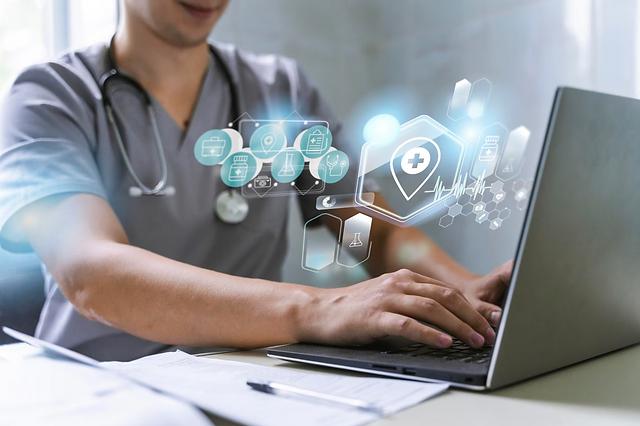
Technology www.CXOTechBOT.com 69
Leveraging AI in Healthcare
As a trailblazer in technological innovation, the healthcare sector stands as a formidable vanguard in embracing Artificial Intelligence (AI), asserting its position as a frontrunner among diverse industries The trajectory ahead portends a continued symbiosis between AI and healthcare, promising a myriad of benefits for medical professionals.
The India AI in Healthcare Market, valued at US$10 billion in 2023, is projected to reach approximately US$35 billion by 2032, with a compound annual growth rate (CAGR) of around 30% from 2022 to 2030, as per the study.
The rise of generative AI is reshaping healthcare, and accelerating its integration into various domains. Innovative AI tools, such as those unveiled by a leading search engine, streamline pre-authorization processes, enhancing efficiency for health plan administrators and providers. Leveraging patient data and diagnostic insights, these AIpowered solutions expedite prior authorisation requests
AI-powered chatbots are emerging as a transformative trend in digital health Utilizing advanced algorithms and vast datasets, these chatbots swiftly diagnose health issues and provide remote medical guidance. Operating 24/7, they offer immediate assistance to patients, revolutionizing healthcare accessibility and quality, and paving the way for a future where healthcare guidance is readily available anytime, anywhere.
Empowering Healthcare Through Remote Patient Monitoring (RPM)
In healthcare technology, hands-free communication emerges as a burgeoning trend, poised for further expansion. The onset of the pandemic has underscored the critical importance of remote monitoring in extending care to patients unable to attend traditional in-person medical appointments.
Remote patient monitoring (RPM) stands at the forefront of this technological revolution, empowering healthcare providers to remotely oversee patients' conditions. Particularly invaluable for the elderly and individuals with chronic illnesses requiring continuous monitoring, RPM bridges the gap between healthcare professionals and patients, ensuring uninterrupted care
In 2023, the global remote patient monitoring system market was valued at approximately US$5 2 billion Forecasts indicate a robust compound annual growth rate (CAGR) of 18.6% from 2024 to 2030 This trajectory not only signifies a lucrative market opportunity but also holds immense potential in fostering health equity amidst the ongoing paradigm shift towards remote healthcare delivery
Navigating Cybersecurity and Data Protection in the Digital Age
Cybersecurity and data protection stand as paramount concerns, given the sensitivity of patient records and the incessant targeting of healthcare organisations by cyber attackers. While traditional data protection regulations have been instrumental, they are no longer sufficient in thwarting sophisticated cyber threats, as evidenced by the evolving landscape
A 2020 Healthcare Cybersecurity Report reveals a staggering statistic: nearly 93% of healthcare organisations have fallen victim to data breaches within the past three years. What's more alarming is that 57% of these organisations have endured more than five data breaches during this timeframe.
To fortify against cyber breaches, healthcare organizations must adopt advanced technologies like blockchain-based solutions and comprehensive cybersecurity practices These investments ensure the integrity and confidentiality of patient data, safeguarding
Technology April 2024 70
against unauthorised access and malicious activities
Data security is essential for future-proofing healthcare systems Implementing robust safeguards enables organizations to shield patient data from cyber threats and maintain trust in their services.
Furthermore, integrating emerging technology trends in Healthcare IT enhances patient outcomes and reduces healthcare costs. Empowering organizations and providers with operational agility, these trends elevate the quality of care delivered Staying updated with the latest Healthcare IT trends is crucial for optimising operations and providing unparalleled care to patients as the healthcare industry evolves
Navigating the Future: Emerging Technologies in Healthcare
Emerging technologies play a pivotal role in reshaping the industry's future. Embracing advanced technologies and comprehensive cybersecurity measures enables healthcare providers to navigate these challenges and realise the full potential of digital transformation in healthcare
As the industry continues its evolutionary journey, staying abreast of emerging trends and leveraging innovative solutions will be essential to delivering unparalleled care and driving positive outcomes for patients worldwide



www.CXOTechBOT.com 71
Technology











 Mohanachandran Head-IT, Apollo Hospitals
Mohanachandran Head-IT, Apollo Hospitals
































 Ex-CEO, Aditya Birla Memorial Hospital
Rekha Dubey
Ex-CEO, Aditya Birla Memorial Hospital
Rekha Dubey




































































































